DROPS Nepal
The perfect every day yarn!
from:
5BGN
per 50 g
Content: 65% Wool, 35% Alpaca
Yarn Group:
C (16 - 19 stitches)
/ 10 ply / aran / worsted
Weight/length: 50 g = approx 75 m
Recommended needle size: 5 mm
Knitting tension: 10 x 10 cm = 17 sts x 22 rows
Care: Hand Wash, max 30°C / Dry Flat / Feltable
Superwash: no
Made in: Peru
Raw material origin: Alpaca and wool from South America
This yarn has an Oeko-Tex® certification (certificate number 23.HPE.36896), Standard 100, Class II from the Hohenstein Institute. This means that is has been tested for harmful substances and is considered safe in human-ecological terms. Class II means the yarn is suitable to come in direct contact with the skin to a large extent, such as blouses, shirts, mattresses, etc.
DROPS Nepal is a chunky and luxurious yarn, spun in 35% superfine alpaca and 65% wool, a mix that accentuates the softness of alpaca while the wool contributes to the garments’ shape stability. Both fibers are untreated, which means that they are only washed and not exposed to any chemical treatment prior to the dyeing. This highlights the fibers’ natural properties, providing also a better shape and texture qualities.
Spun from 3 strands, which gives an exciting and rustic stitch definition, DROPS Nepal is an easily knitted/crocheted quality which is also ideal for felting, resulting in garments that have an even and soft surface.
DROPS Nepal contains mixed colours, this means the wool is manufactured by carding the colours together before spinning, which gives it a mixed effect.
Read more about our products' sustainability here
Please be aware that the colours shown may vary from screen to screen in the same way that shades may vary slightly from dye lot to dye lot.
How do I care for this yarn?

Hand Wash, max 30°C / Dry Flat
First of all, consider just airing the garment, instead of washing it. If you still desire to wash it, here are some guidelines:
- Hand wash at 30ºC - separately - with wool detergent without enzymes or optical brighteners.
- Don’t let the garment soak. Move the garment gently back and forth, do not rub or squeeze it.
- Rinse the garment until the rinse water is completely clear, making sure the water temperature stays uniform.
- Do a light centrifugation of the garment (about 800rpm), choosing a program that DOES NOT take in water at the start. Or press carefully the water out of the garment with a dry towel. The garment shouldn’t be twisted or rolled.
- To dry the garment, shape it and lay it flat - do not hang - ideally on a warm bathroom floor or on top of a drying rack in a room with good air circulation. Never dry the garment in direct sunlight.
- Don’t tumble dry.
- Never iron the garment directly. Use always a damp cloth between your steaming iron or regular iron and the garment.
Note: If you are washing a project made with this yarn combined with another, the general guideline is to follow the washing instructions for the most delicate of the yarns you are working with.
Thinking about felting this yarn?
See how this yarn looks before and after felting:
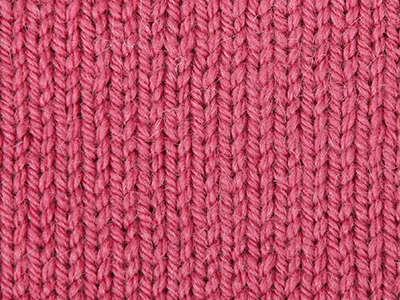
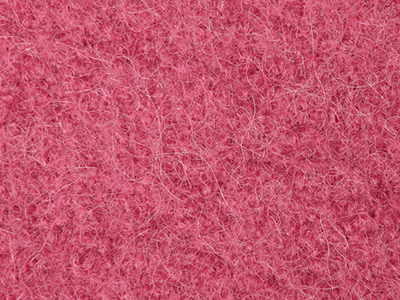
Needles: 5.50 mm
Before: 16 sts x 21 rows
After: 21 sts x 30 rows
Do you have a question about this yarn?
See a list of frequently asked questions (FAQ) about our yarns.
1) What type of fibers make the DROPS yarns?
Yarn can be made from a large number of natural and synthetic fibers. DROPS carries mainly yarns made from wool, cotton, alpaca, linen, mohair and silk. Each fiber type has its own qualities, and they are often mixed to take advantage of the best properties of each one. Coarse yarn has the advantage of being stronger and more durable, and finer fibers offer more softness and comfort. Here a bit about the main fibers we carry:
Alpaca:
Alpaca fleece is the natural fiber harvested from an alpaca, and it is similar in structure to sheep wool fiber. Its softness comes from the small diameter of the fiber, similar to merino wool. It is a soft, durable, luxurious and silky natural fiber. Yarn made from alpaca fibers does not felt or pill easily, and it can be light or heavy in weight, depending on how it is spun. While similar to sheep’s wool, it is warmer, not prickly, and has no lanolin, which makes it hypoallergenic. Alpacas come in 22 natural colors, with more than 300 shades from a true-blue black through browns-black, browns, white, silver and rose-greys.
Mohair:
This fiber comes from the Angora goats, and it's considered a luxury fiber. Mohair yarn is warm as wool, but much lighter in weight; it is durable, dyes well and does not felt easily. Mohair fibers have also a distinctive luster created by the way they reflect light. Despite being a hard fiber, mohair is usually spun into a very fluffy yarn, resulting in airy and lustrous garments.
Wool:
The wool fibers come from the skin of sheep and are relatively coarse fibers. Two striking characteristics of wool are its susceptibility to heat and its felting property, which is caused by the scales on the surface. Depending upon the breed of sheep, the appearance of the wool varies.
Wool from Merino sheep is considered the finest type of wool, having as characteristics that is finely crimped and soft. All the Merino wool in the DROPS yarns has its origins in South America, coming from sheep that have not been subject to Mulesing.
Pure new wool is wool made directly from animal fleece, and not recycled from existing wool garments.
Machine washable wool is wool treated chemically to minimize the outer fuzzy layer of the fibers, and be therefore fitable for machine wash (see Superwash).
Silk:
The silk fiber is a fine continuous fiber produced from the cocoon of a moth caterpillar known as the silkworm. While silkworm is cultivated, the wild or tussah silk is obtained from uncultivated silkworm cocoons. Silk fiber is one of the strongest natural fibers and makes a wonderful knitting yarn. It blends really well with other fibers, especially wool. Silk also dyes beautifully with natural dyes.
Vegetable fibers:
There are several varieties of vegetable fibers, found in the cell walls of plants or vegetables. Of all the varieties, two are recognized as major knitted or textile fibers. They are cotton and linen.
Cotton is the fiber surrounding the seeds in a cotton pod, and it is almost pure cellulose. Cotton is usually white in color but there are green and brown varieties as well. The cotton fiber is most often spun into yarn or thread and used to make a soft, breathable textile that is good for summer clothing and accessories, making a weaker yarn than silk or linen but stronger than wool.
Mercerized cotton is cotton that has been through a mercerization treatment. This treatment gives cotton fabrics and threads a lustrous yarn that is more lustrous than conventional cotton. It is also stronger, takes dye a little more readily, makes the yarn more resistant to mildew and reduces lint. It also may not shrink or lose its shape as much as "regular" cotton.
Linen is a fiber derived from the stalk of the flax plant that is durable and stronger than any other fiber. The linen fiber is relatively soft, straight and lustrous and becomes more beautiful with age. Linen is more comfortable to wear in hot temperatures than cotton, due to the fact that it absorbs moisture better and dries more quickly.
Other materials used in our yarns include synthetic fibers such as acrylic, viscose, polyamide (nylon) and polyester. These fibers are used mostly to give strength to a yarn (like our sock yarn, DROPS Fabel) or a special kind of structure (like our blown yarn, DROPS Air).
The polyamide fibre, commonly known as nylon, is very strong, durable, lightweight, easy to care for (can be machine washed and dried), and elastic, which makes it perfect for blending with other fibres to produce hard-wearing yarns like sock yarn.
Compared to polyester, polyamide is softer and more flexible, but it also absorbs more water and dries slower.
3) What type of information can I find on the DROPS yarn labels?
All DROPS yarn labels include information about fiber content (wool, cotton, etc.), weight in grams and ounces, length in meters and yards, washing instructions and symbols (explained here), color number, dye lot number and yarn group information.
4) What are the DROPS yarn groups?
All DROPS yarns are classified into 6 different thickness groups (A to F). Yarns in a same group have similar knitting tension/gauge, and can therefore be interchanged in patterns; however the length may be different, so when substituting always calculate the amount of meters/yards needed for the pattern to know the amount of yarn you need to get.
5) Can I use a different yarn than the one mentioned in the pattern?
Yes, as long as the yarn can be worked in the same knitting tension/gauge. Always swatch to make sure you get the same number of stitches in width and rows in height as given in the pattern.
Remember that different yarns with different textures, will give the garment different looks. The yardage/length may also be different, so when substituting always calculate the number of yards needed, in order to know the amount of yarn you need.
Read more about how to calculate the amount of an alternative yarn - and how to replace 1 thread of a yarn with 2 or more of another, here.
6) What does it mean when a yarn is “Superwash”?
A superwash wool is a special wool product that has been treated or processed in a way that allows it to be machine washable. Many people are afraid to work with wool because it is so easy to shrink (though some shrink wool on purpose) and superwash wool can allow them to work with great fibers without worry. (Read more here).
7) What does “Oeko-Tex® certified” means?
The Oeko-Tex® Standard 100 was introduced at the beginning of the 1990s as a response to the needs of the general public for textiles which posed no risk to health. The Oeko-Tex® Standard 100 is a globally uniform testing and certification system for textile raw materials, intermediate and end products at all stages of production. The test for harmful substances comprise substances which are prohibited or regulated by law, chemicals which are known to be harmful to health, and parameters which are included as a precautionary measure to safeguard health.
For more info go to www.oeko-tex.com
10) How accurate are the colours on the shade cards online?
When obtaining images for the shade card, we do our best to achieve the highest level of color accuracy. Unfortunately, we cannot guarantee how images will appear on your computer screen. Every monitor displays color differently, some colors might look darker than they really are, and some colors might be more saturated on some screens. If you experience that many of the yarn colors looks different on your screen than the actual color of the skeins, you can adjust the setting on your monitor.
11) What is a micron? What does super fine / extra fine mean?
The fineness of yarn fibers is measured in microns (thousands of millimeters). Super fine alpaca wool is 26-28 microns. Fine merino wool is less than 21.5 microns and extra fine merino is under 19.5 microns. The less microns the softer and more delicate a quality can be, the more microns the more hard wear the quality will be.
The reason why the microns in a yarn’s fibers are important is that the yarn will eventually become something else, and how delicate or coarse a yarn is will determine in part what we use it for. That’s why we recommend the softest yarns (like DROPS Baby Merino) for baby clothing, or why we choose to use a more hard wear yarn like DROPS Snow, for a seating pad or slipper.
12) Why are the colours in my skeins of print yarn different?
The reason why two skeins of a same print yarn look different can be 1) that both skeins are part of different dye lots; 2) that the skeins have been dyed using a technique called "magic print" (the one used for example in DROPS Delight), which provides unique patterns and smooth colour transitions to each skein, meaning also that within one dye lot, lighter or darker varieties might appear. This is no fault or defect, but part of the yarn's character.
13) My store doesn’t have the colour I want, what can I do?
If your DROPS store doesn’t have the yarn colour you want, try contacting a DROPS Super Store (the ones with the golden badges) - they will make sure to get a hold of the colour even if they don’t have it in stock themselves. See a list of all DROPS stores here.
14) Where can I find a specific dye lot of a colour?
Always try contacting your DROPS store first. If they do not have the dye lot you want we recommend you to ask other knitters and crocheters in the DROPS Workshop in Facebook or Ravelry, which may have the dye lot in their stash and might be willing to part from it.
Yarn sheds because there's not enough twist to hold all of the fibers together. All yarns have excess fibers (from production) that might come off as lint or shedding, in varied degrees that depend on how the yarn is spun. Brushed yarns ("hairier" yarns) like DROPS Melody, have more of these loose fibers than other yarns, and therefore shed more. Shedding also depends on what is worn under or over the garment, and whether this pulls at the yarn fibers. It’s therefore not possible to guarantee that there will be no shedding.
Below are some tips on how to get the best result when working with hairier yarns:
- When the garment is finished (before you wash it) shake it vigorously so the looser hairs come off. NOTE: do NOT use a lint roller, brush or any method that pulls at the yarn.
- Place the garment in a plastic bag and put it in your freezer - the temperature will cause the fibers to become less attached to each other, and excess fibers will come off easier. Leave in the freezer for a few hours before taking it out and shaking it again.
- Wash the garment according to the instructions on the yarn label. Garments worked with hairier yarns usually need to be shaken once dry after washing, so that the hairs rise and any excess fibers can come off.
Pilling is a natural process that happens to even the most exclusive of fibers. It's a natural sign of wear and tear that is hard to avoid, and that is most visible in high friction areas of your garment like a sweater's arms and cuffs.
You can make your garment look as new by removing the pilling, using a fabric comb or a pill/lint remover.
How can I replace this yarn?
If you are looking to replace this yarn with another DROPS yarn, you can use another yarn within the same yarn group, or try our yarn converter!
Other yarns in Yarn Group C
Read more about replacing yarn.Have a problem with the DROPS yarn you purchased?
When you purchase yarn from the shade cards or patterns on our site, you are not buying directly from DROPS but from one of the hundreds of DROPS stores around the world. It is therefore important that you take contact with the DROPS store where you bought the yarn, and that you save the labels of all the skeins you purchased (they are your warranty).
The DROPS store you contact will assist you and escalate the claim if necessary. Find a list of DROPS stores here.
Comments / Questions (278)
![]() Sue Hartley wrote:
Sue Hartley wrote:
I am desperately trying to find a further 3 balls of Drops Nepal 0501 grey mix dye lot 169140 so I can finish my cardigan, can you help? Many thanks
10.01.2017 - 20:50DROPS Design answered:
Dear Mrs Hartley, please contact any DROPS store invidually, even per mail or telephone. Happy knitting!
11.01.2017 kl. 09:42
![]() Ilona M. wrote:
Ilona M. wrote:
Hallo, kann man bei Nepal Weichspüler verwenden? Danke.
08.01.2017 - 16:45DROPS Design answered:
Liebe Ilona, hier finden Sie Pflegehinweise. Hätten Sie noch weitere Frage dazu, hilft Ihnen gerne Ihr DROPS Laden. Viel Spaß beim stricken!
09.01.2017 kl. 10:10
![]() Hirt Françoise wrote:
Hirt Françoise wrote:
Bonjour, je voudrais faire une écharpe (2 m x 20cm) et le bonnet assorti selon un modèle Zelda triforce (gris foncé et jaune dans drops nepal). je ne peux pas envoyer un fichier..,. dommage. je voudrais savoir combien de pelotes de chaque couleur il me faut. merci !
30.12.2016 - 20:54DROPS Design answered:
Bonjour Mme Hirt, le nombre de pelotes va dépendre de votre tension (nbe de m pour 10 cm), du point utilisé, de la taille etc.. vous pouvez vous baser sur un modèle similaire dans une laine du groupe C à l'aide du moteur de recherches en page d'accueil. Votre magasin DROPS saura également vous aider et vous renseigner. Bon tricot!
02.01.2017 kl. 09:52
![]() Mc wrote:
Mc wrote:
Bonjour, J'envisage de tricoter un pull présenté en drops air, en népal. Comment convertir les quantités préconisées en drops air ?
12.12.2016 - 09:16DROPS Design answered:
Bonjour Mc, vous trouverez ici toutes les indications pour calculer la quantité nécessaire dans une qualité alternative. Bon tricot!
12.12.2016 kl. 11:57
![]() Karine wrote:
Karine wrote:
Bonjour, combien faut-il de pelotes de laine pour tricoter 1 paire de Moon Socks en taille 39 svp ? Merci.
30.11.2016 - 08:20DROPS Design answered:
Bonjour Karine, pour les Moon Socks en taille 39, il vous faudra 3 pelotes (= 150 g) en gris moyen ou en rose moyen au choix + 3 pelotes en gris mix. Soit 6 pelotes au total. Bon tricot!
30.11.2016 kl. 09:20
![]() Laila Andersen wrote:
Laila Andersen wrote:
Egner Nepal seg til hekling av pledd?
12.11.2016 - 12:48DROPS Design answered:
Hej Laila. Absolut. Vi har ogsaa flere opskrifter paa tepper/pledd i DROPS Nepal. God fornöjelse.
14.11.2016 kl. 12:07
![]() Johanne wrote:
Johanne wrote:
Je veux faire les Moon Socks et j'aimerais savoir où me procurer la laine Drops Nepal. Je suis présentement à Fort Lauderdale en Floride. Merci.
09.11.2016 - 23:08DROPS Design answered:
Bonjour Johanne, vous trouverez ici la liste des revendeurs DROPS pour les États-Unis. Bon tricot!
10.11.2016 kl. 09:02
![]() Cha wrote:
Cha wrote:
Bonjour, je voudrais savoir si tous les fils de la game Népal sont teints ou bien si les couleurs comme le gris clair ou l'écru naturel sont les couleurs naturelles de la laine. Si ils sont teint, sont ils labellisés Oeko-Tex®? Merci
05.11.2016 - 15:48DROPS Design answered:
Bonjour Cha, Les fils de la gamme Nepal sont teints - ils n'ont pas encore le certificat Oeko-Tex. Pour une laine naturelle, non teinte, nous vous recommandons DROPS Puna. Bon tricot!
07.11.2016 kl. 13:44
![]() Antigone wrote:
Antigone wrote:
Hallo, bei den Übersichtsbildern gibt es zwei Dreier-Knäuel-Kombis: einmal in Brauntönen und einmal in Rosatönen. Welche Farben sind das genau? Ich vermute mittelbraun, hellbeige und camel oder beige? Und Koralle, himbeer und pink?
25.10.2016 - 21:54DROPS Design answered:
Liebe Antigone, die Rosatönen sind die Farben: 8909, 8910 und 6273. Die Brauntönen sind die Farben: 0206, 0612 und 0300.
26.10.2016 kl. 11:42Yulia wrote:
Hello, could you advise me which yarn would be better for man's sweater with deers - jakkard - Nepal or Alaska? I need 140m|100g
21.10.2016 - 10:18DROPS Design answered:
Hi Yulia. Both yarns are lovely, personally I would say Nepal. Softer and it works really well with colour knitting (patterns). Enjoy.
21.10.2016 kl. 14:59
![]() Tone Kallerød wrote:
Tone Kallerød wrote:
Jeg er veldig var på ullgarn Synts det meste klør og stikker. Hvordan er det med dette garnet?
04.10.2016 - 12:54DROPS Design answered:
Hej Tone. Det er meget individuelt hvor fölsom man er for uldgarn. Jeg ville selv sige at er du meget fölsom, saa er det her ikke et garn for dig. Jeg ville gaa efter Merinogarnet eller helt undgaa uld. Men pröv om du kan komme ind og se og föle garnet i en af vore butikker.
05.10.2016 kl. 12:43
![]() Rita wrote:
Rita wrote:
Hallo. Ik heb nogal snel last van geïrriteerde huid met wol. Ook word ik gek van het gekriebel van wol. Kunt u mij vertellen of deze wol erg irriteert. Of kunt u mij anders een andere wol aanbevelen die voor iedere huid goed verdraagzaam is?
20.08.2016 - 15:30DROPS Design answered:
Hoi Rita. Ik zou helemaal niet met wol breien als u daar zeer gevoelig voor bent. De zachtste wol die wij hebben in deze kategorie is Big Merino (klik op GARENALTERNATIEVEN), of kies voor katoen: Bomull-Lin of Paris, dan bent u altijd zeker dat het kriebelvrij is.
22.08.2016 kl. 13:35
![]() Karina wrote:
Karina wrote:
Er der spindeolie i Drops Nepal? (og Drops Alaska?)
02.07.2016 - 18:42DROPS Design answered:
Hej Karina. Nej, det er der ikke.
04.07.2016 kl. 11:48
![]() Rita Iovane wrote:
Rita Iovane wrote:
Utilizzo spesso i filati drops ma ho notato che nel lavaggio scaricano colore anche con detersivi neutri. Il brushed alpaca silk nero ha colorato il ferro di legno mentre lavoravo. Chiedo se esistono filati della linea Drops che non scoloriscono. Grazie
08.04.2016 - 16:08DROPS Design answered:
Buongiorno Rita. Nei primi lavaggi è possibile che i colori, soprattutto il nero e i filati un po’ pelosi, perdano un po’. In linea di massima è un problema che non dovrebbe verificarsi. Può rivolgersi al suo rivenditore di fiducia per segnalare eventuali difetti. Buon lavoro!
08.04.2016 kl. 16:39
![]() TISSIER wrote:
TISSIER wrote:
Bonjour, J'aurai besoin de 4 pelotes supplémentaires en Népal, ref 0612-170181. Je n'ai pas trouvé l'endroit où poser la question, je m'excuse si ce n'est pas la bonne page. Avec mes remerciements.
22.03.2016 - 14:55DROPS Design answered:
Bonjour Mme Tissier, vous pouvez vous adresser aux différents revendeurs DROPS par téléphone ou par mail, ou demander également dans le groupe Facebook DROPS Workshop. Bonne chance!
22.03.2016 kl. 15:20
![]() Thea wrote:
Thea wrote:
Ik ga een vloerkleed knopen van wol. Er mag geen acryl of iets anders in zitten. Ik vraag me af of deze wol hiervoor geschikt is of dat u een andere suggestie heeft? Alvast bedankt en vriendelijke groet , thea
29.02.2016 - 13:36DROPS Design answered:
Hoi Thea. Wij hebben meerdere wolgarens, die geschikt zijn. Het hangt er van jouw patroon en hoe dik het garen moet zijn. Hier is een overzicht van alle onze wolgarens
02.03.2016 kl. 15:31
![]() Sabine Elsmore wrote:
Sabine Elsmore wrote:
Liebes Drops-Team, ich möchte aus Nepal einen Pullover stricken und habe für mich die Wahl zwischen 122-9 oder 123-29 zu treffen. Was mich etwas irritiert: bei gleichem Garn wird beim ersten Strickmuster die Nadelstärke 4,5 und 5 und beim zweiten Muster Nadelstärke 7 angegeben. Wie kann das sein? Vielen Dank für Ihre Antwort, Sabine Elsmore
25.02.2016 - 21:50DROPS Design answered:
Liebe Sabine, das ist richtig. Sie sehen auch an der Maschenprobe, dass der erste Pullover fester gestrickt wird.
01.03.2016 kl. 08:11
![]() Mathilde Van Der Werff wrote:
Mathilde Van Der Werff wrote:
Ik heb een vestje met de bruine Nepal 0612 met Eucalan gewassen (om te blocken). Er kwam een enorme hoeveelheid kleur af. Binnen een minuut was het water volledig donkerbruin. Ik heb daarna nog tweekeer gespoeld en in een mild eucalan sopje gedaan. Daarna was het water wel redelijk schoon. Hoe kan er zoveel kleurstof in zitten? ik heb dit nog niet eerder meegemaakt met wol.
31.01.2016 - 21:30
![]() Sylvette Santer wrote:
Sylvette Santer wrote:
J'ai utilisé cette laine pour tricoter une écharpe couleur bleu roi. Le rendu est superbe.
16.01.2016 - 16:30
![]() Hanne Rysgaard wrote:
Hanne Rysgaard wrote:
Jeg tænker at strikke en jakke i Nepal, men jeg er ret sart i forhold til om garn stikker. Så er der nogen der har erfaring med det, og så vil jeg gerne vide, om det holder kvaliteten, jeg synes nogen skriver at det nupre?
15.01.2016 - 19:50DROPS Design answered:
Hej Hanne, Nej DROPS Nepal hverken nopper eller stikker. God fornøjelse!
29.02.2016 kl. 14:03
![]() Marit wrote:
Marit wrote:
Jeg har aldri prøvd DROPS NEPAL garnet. Jeg vurderer å bruke det til å strikke f.eks. votter og så tove disse. Da lurer jeg på hva strikkefastheten typisk blir etter toving hvis den er 17m x 22p i glattstrikk før toving? (Det hadde vært greit å slippe å lage strikkeprøve og tove selv for å finne ut dette, pga. jeg regner med dette har vært gjort av mange andre før meg.)
15.01.2016 - 17:44DROPS Design answered:
Hej Marit, Se info om tovning under "tips & hjelp". Her finder du Nepal før og efter tovning: Finn eksempler på toving her!
29.02.2016 kl. 14:01Anna wrote:
Hi, I was wondering what needle size you would recommend for Drops Nepal double thread? Am knitting a baby blanket, and wanted to make some quick headway. Thanks!
02.01.2016 - 18:32Larisa Savenko wrote:
Добрый день. Есть ли доставка в Украину?
20.12.2015 - 13:20
![]() Hilde Stumpf wrote:
Hilde Stumpf wrote:
Spricht etwas dagegen, die wolle mit alpaka im wollwaschgang in der Waschmaschine zu waschen?
06.12.2015 - 18:45






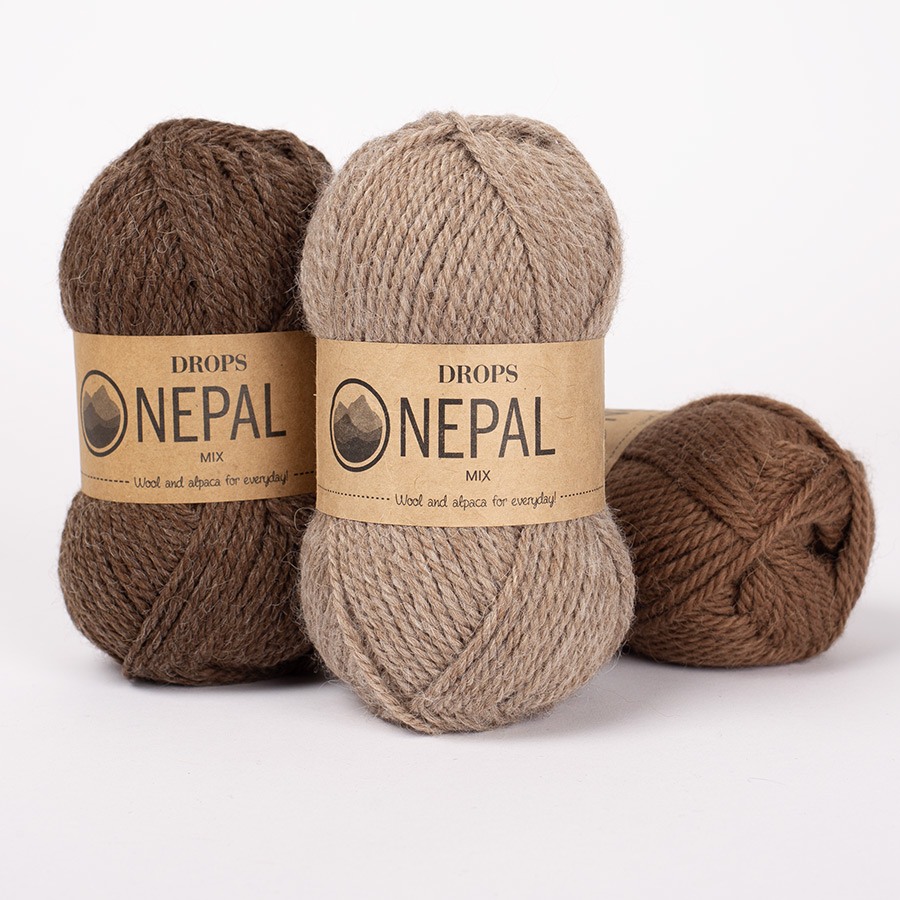
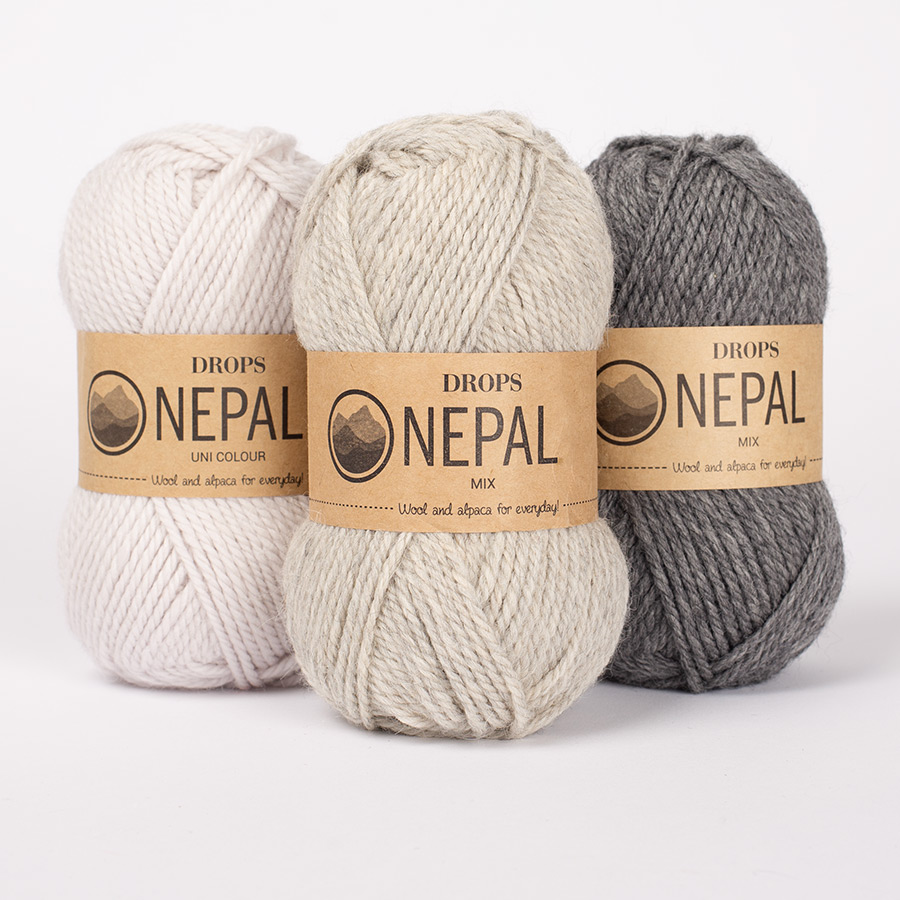
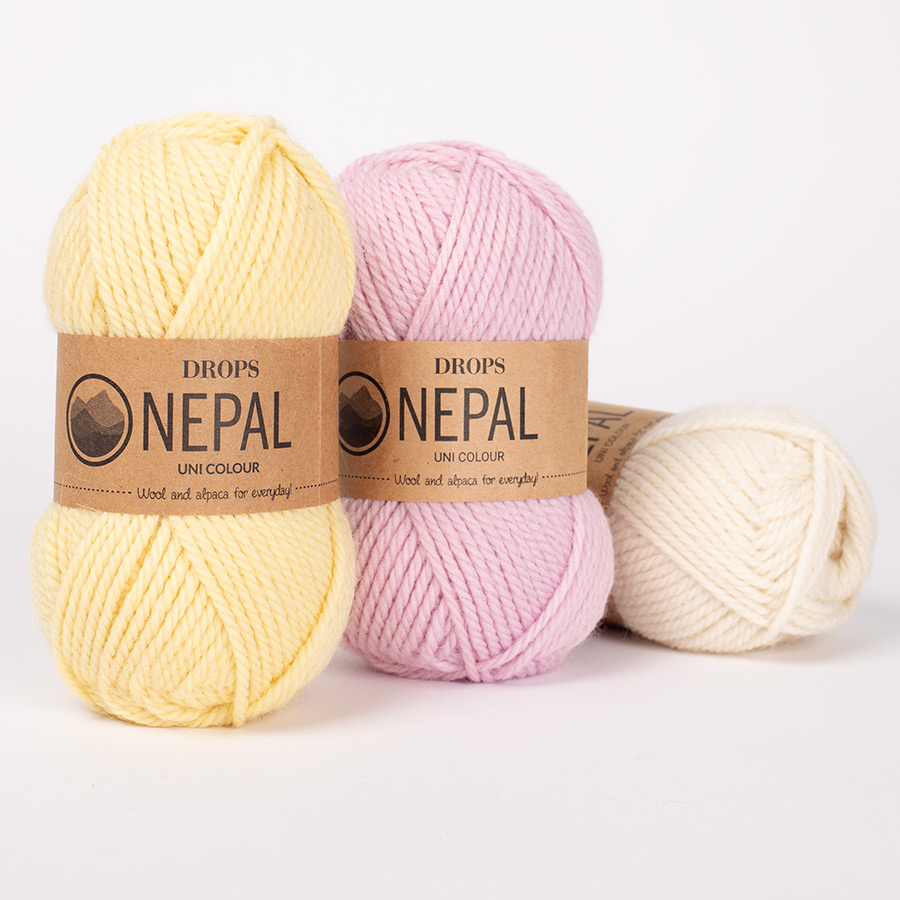
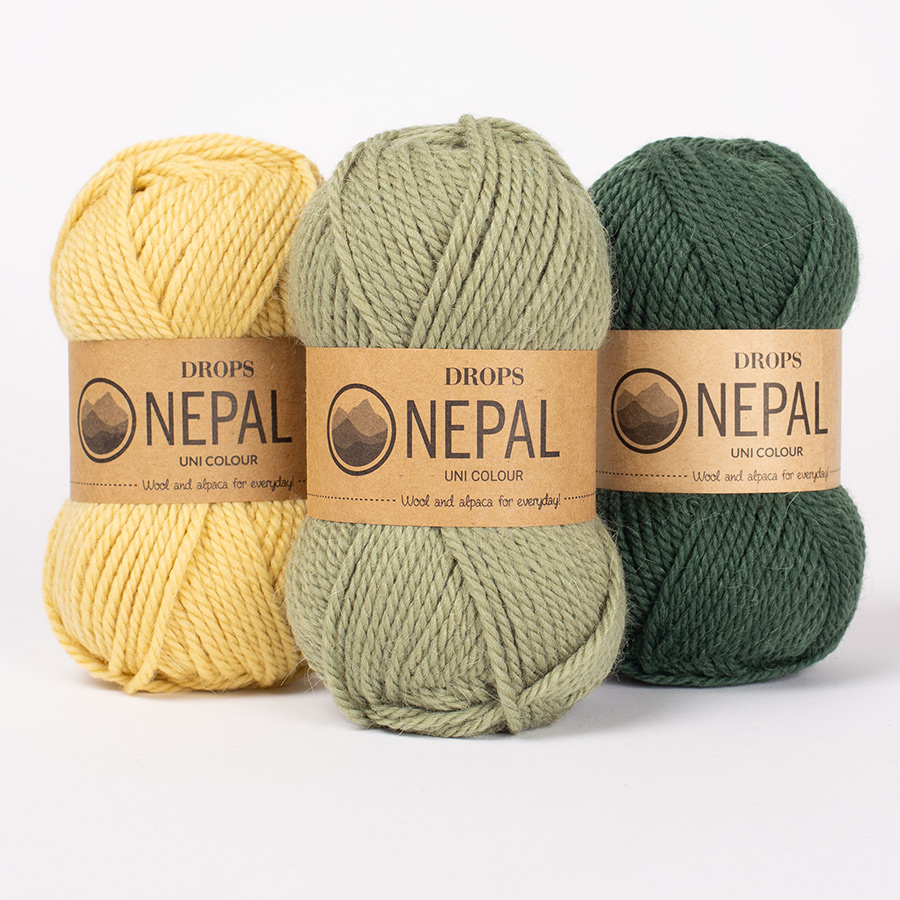
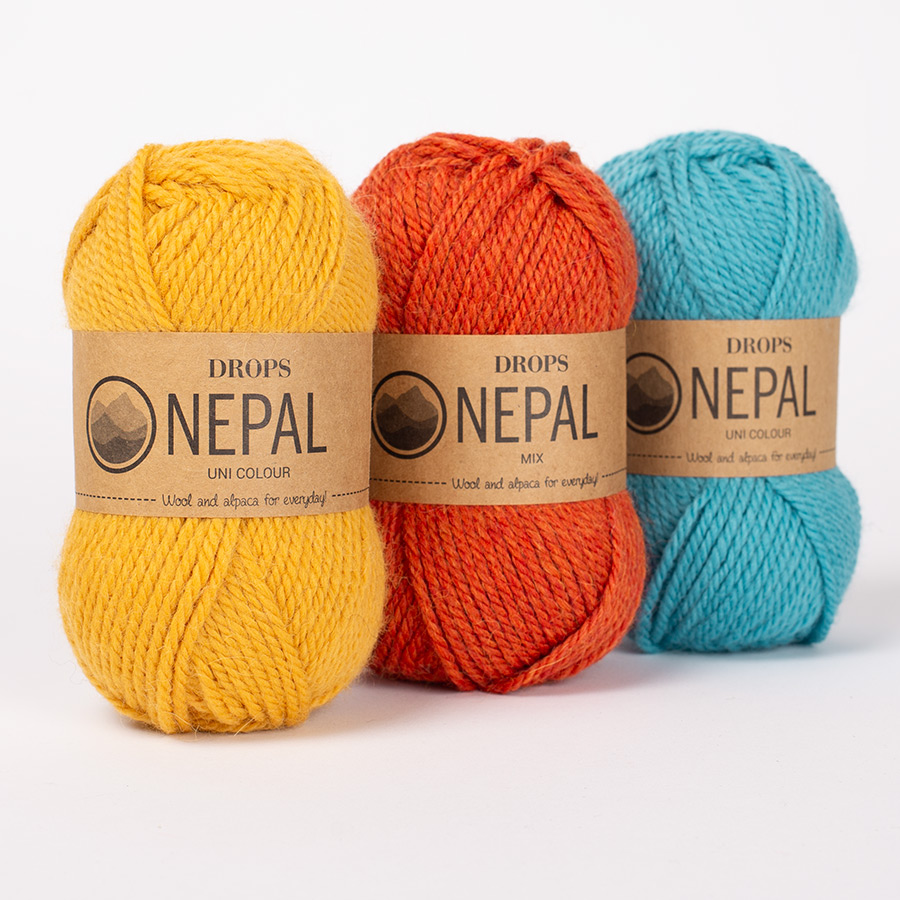


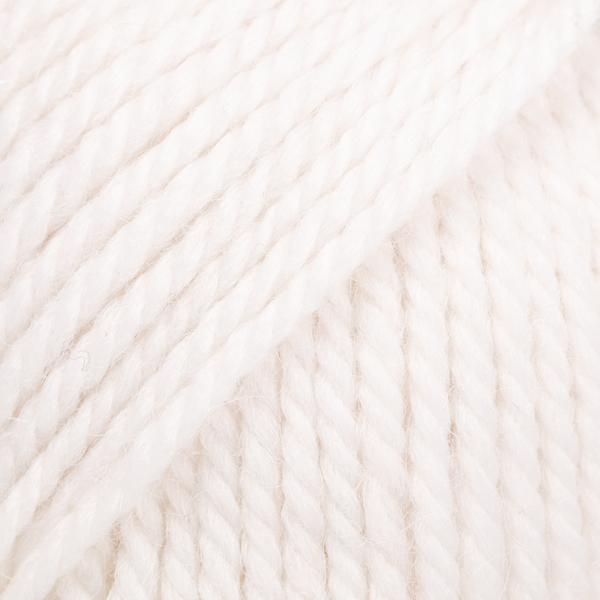




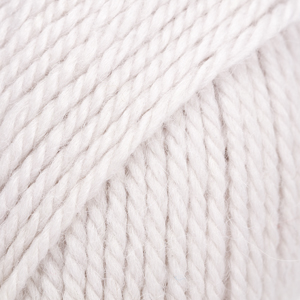
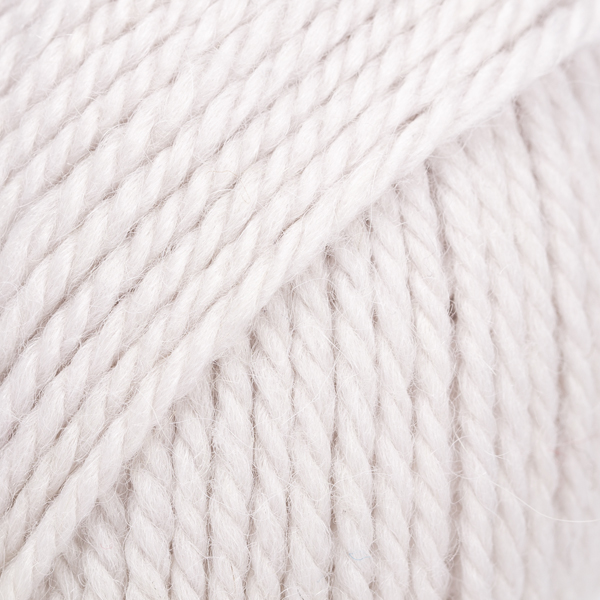




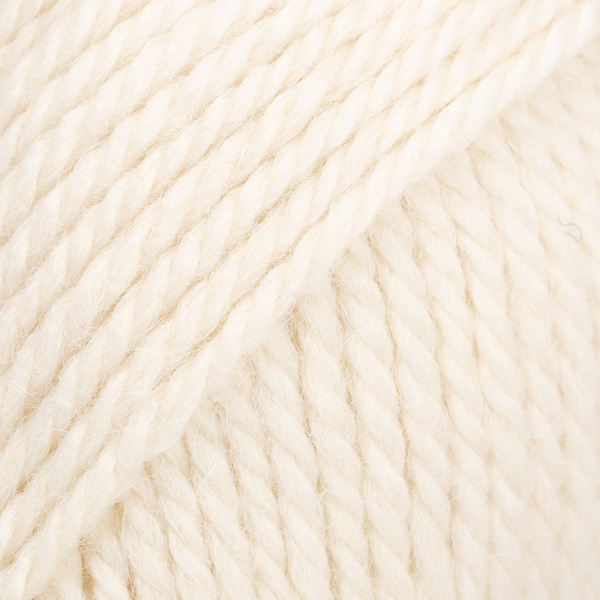




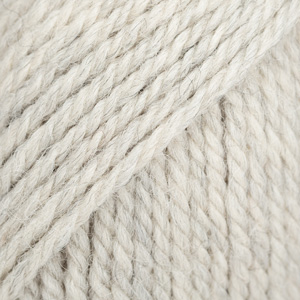
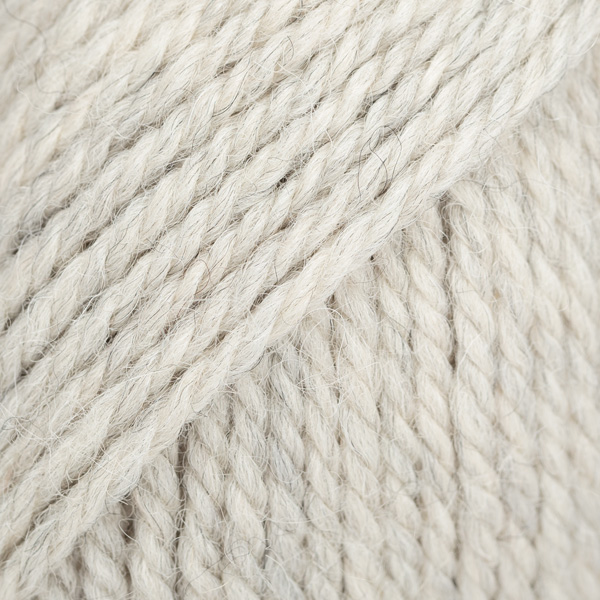
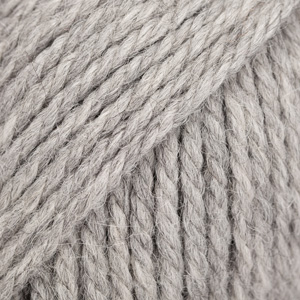
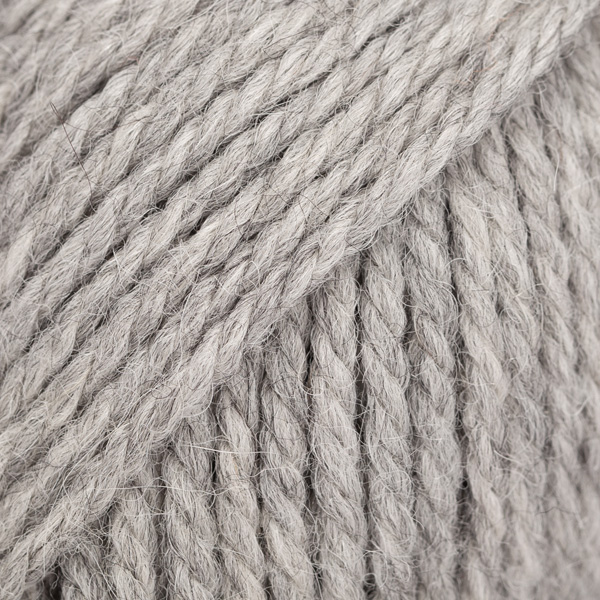



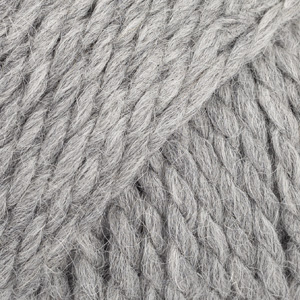

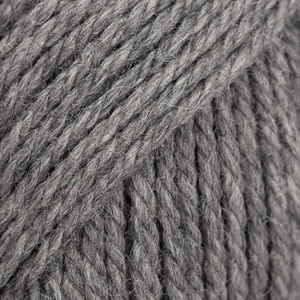
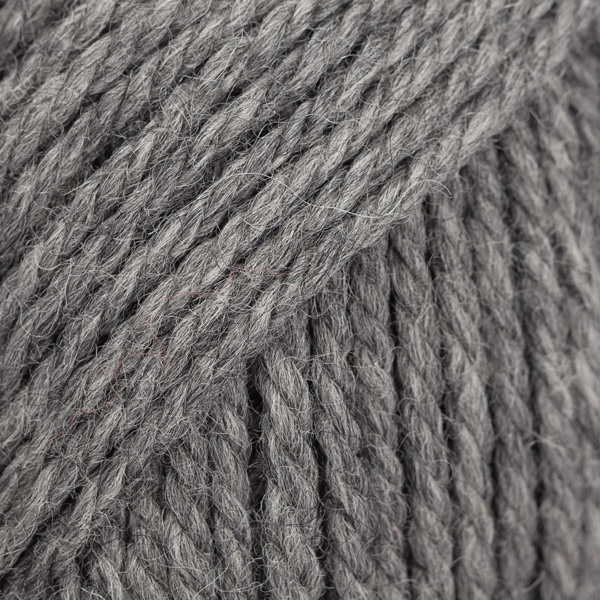







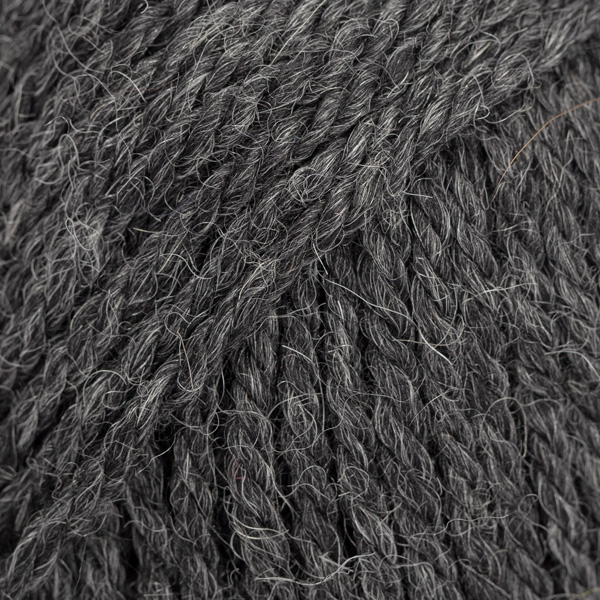
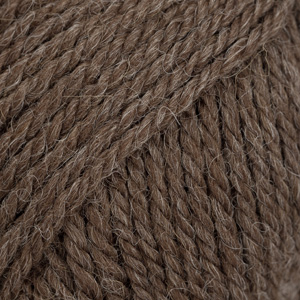
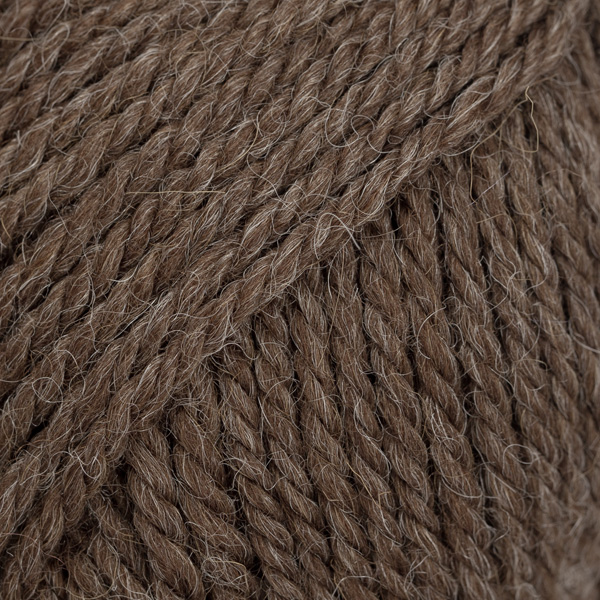



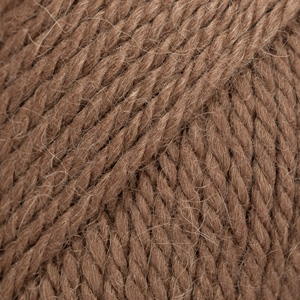
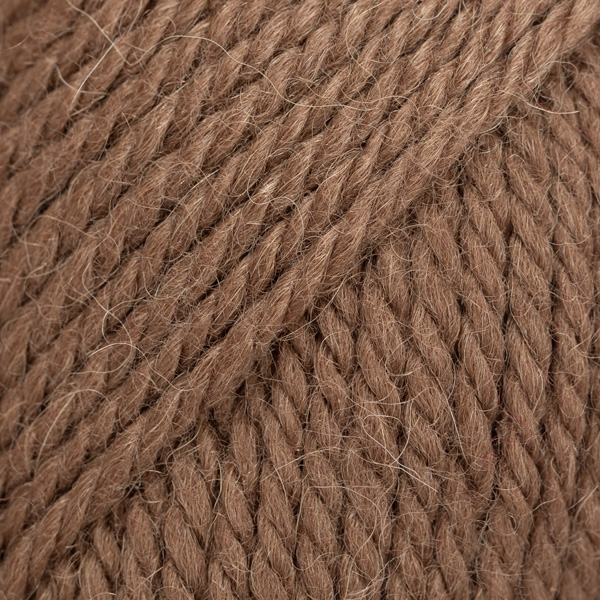
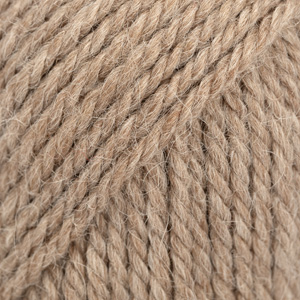
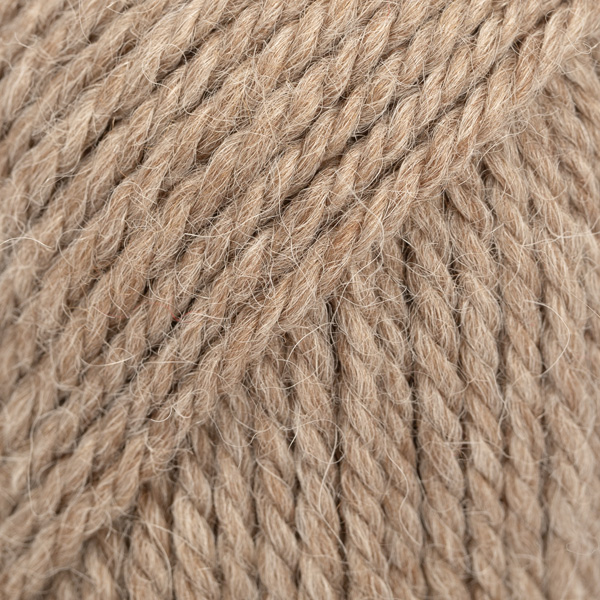

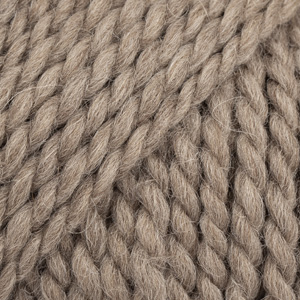


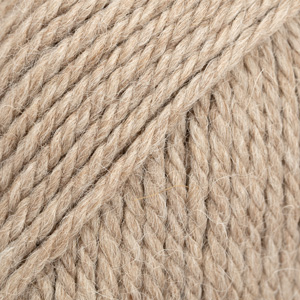
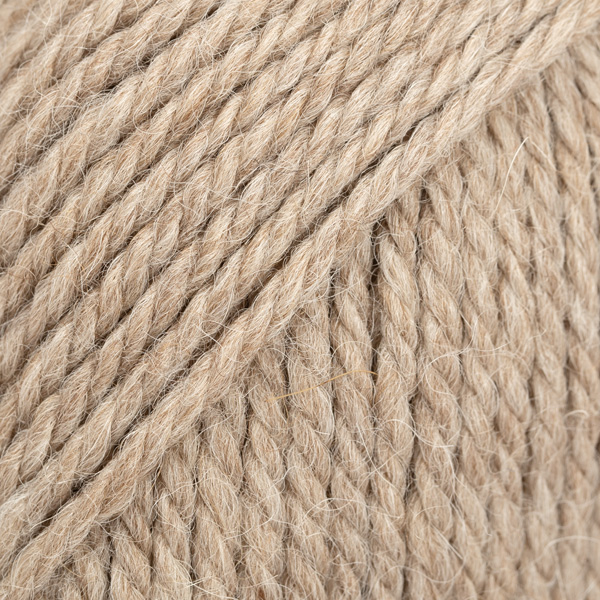

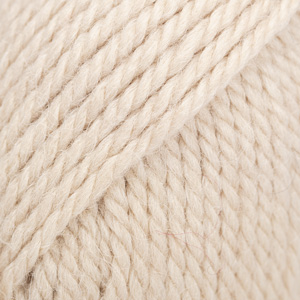
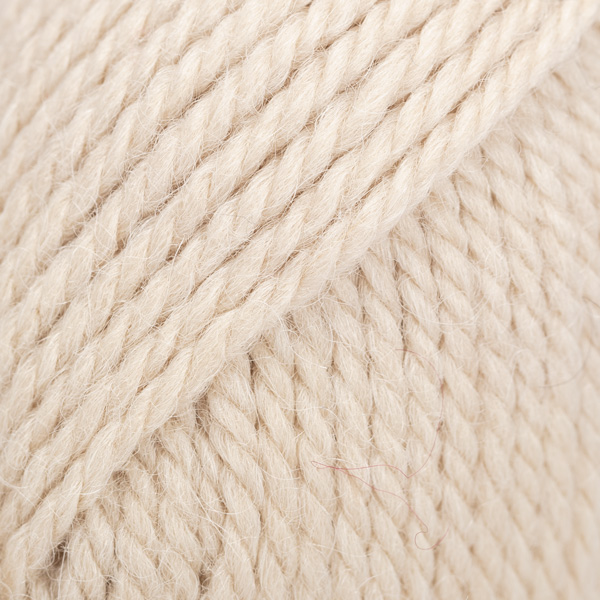









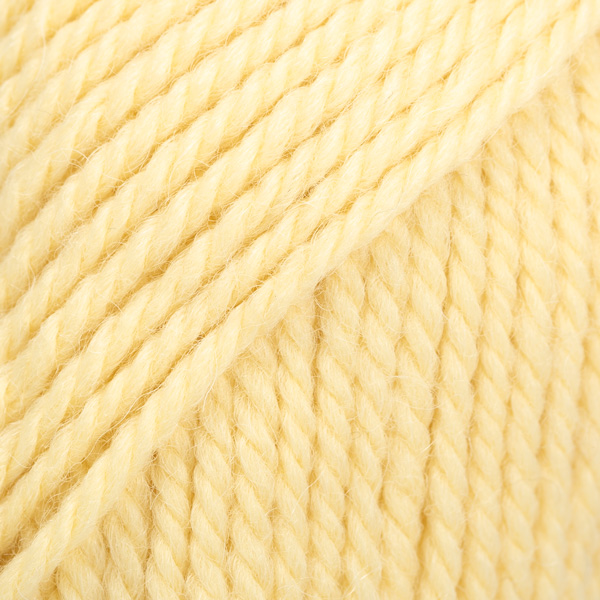
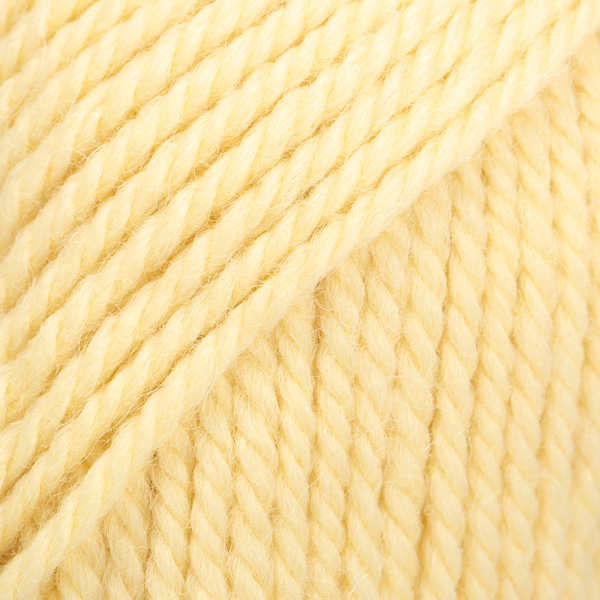







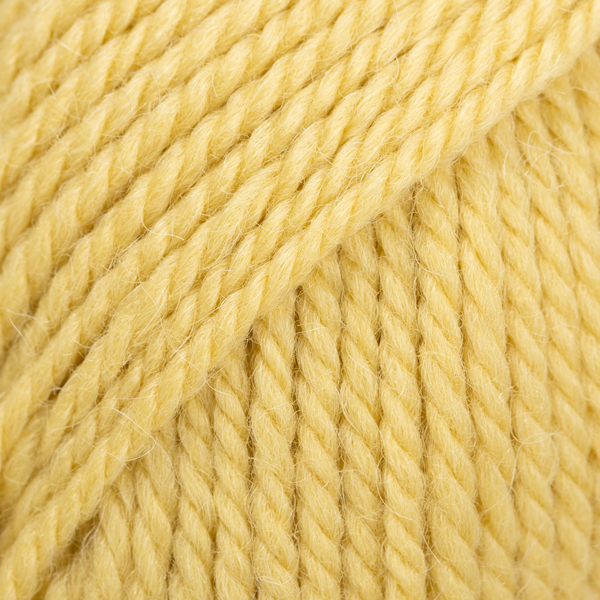



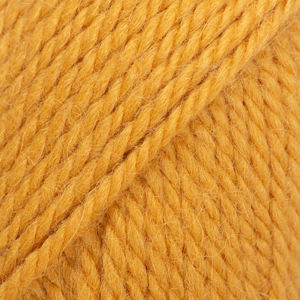
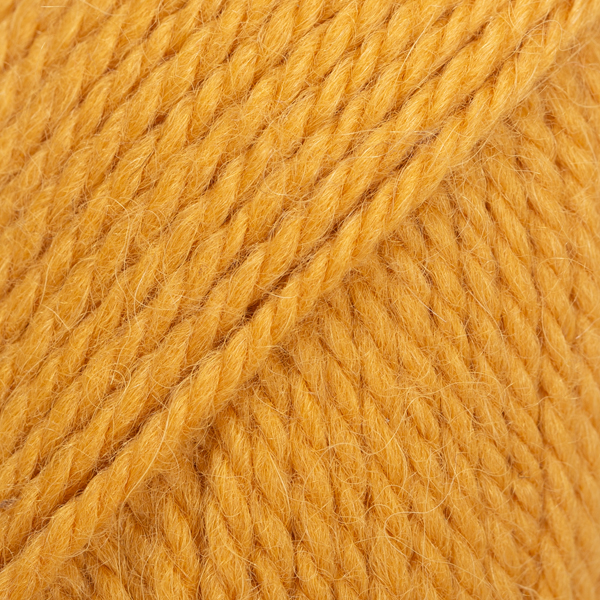
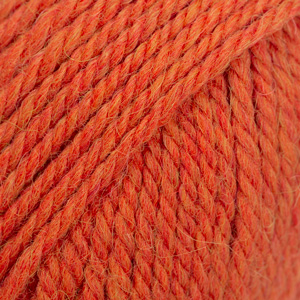









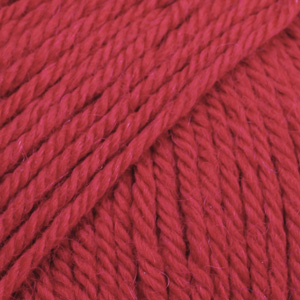

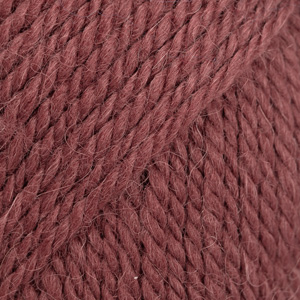
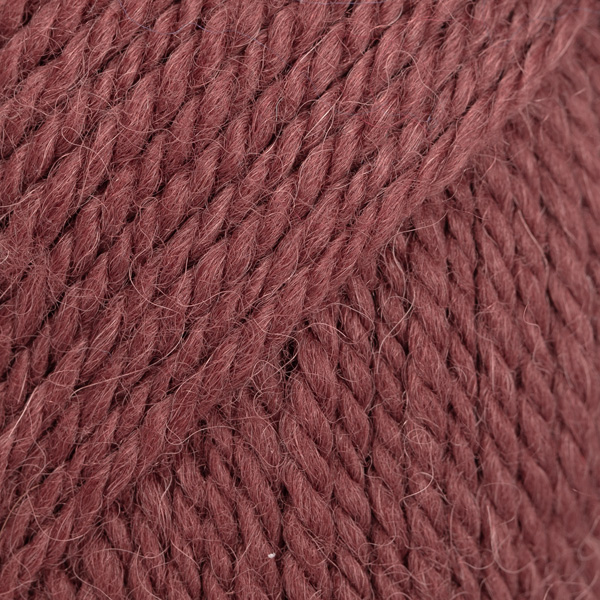
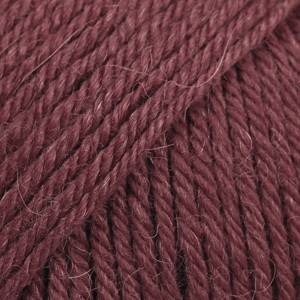
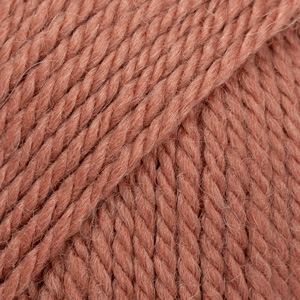
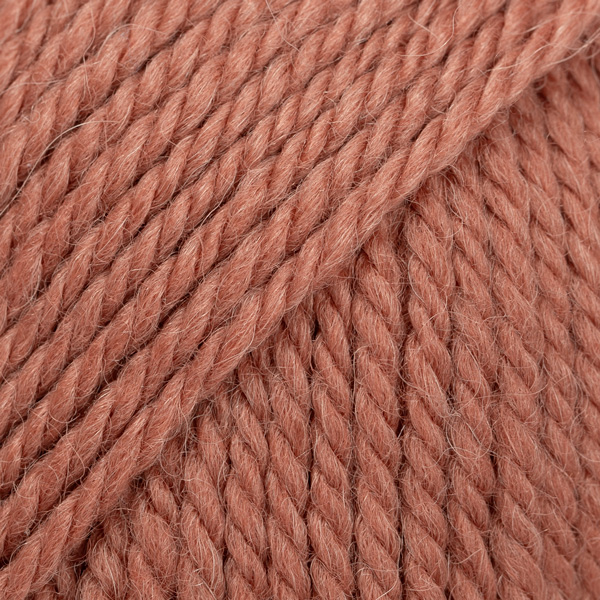


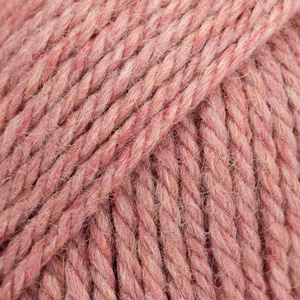
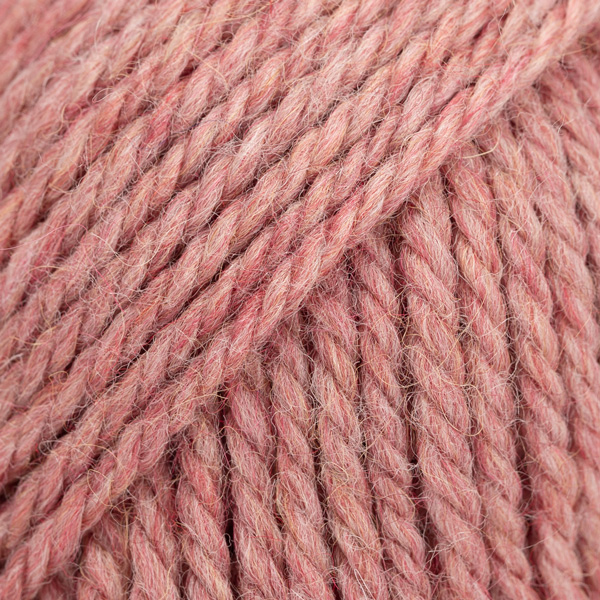
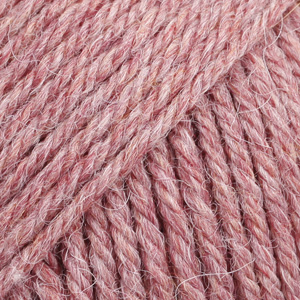

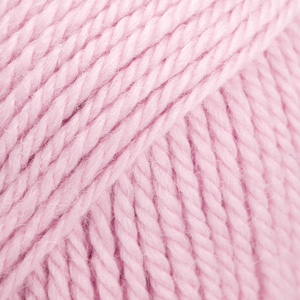
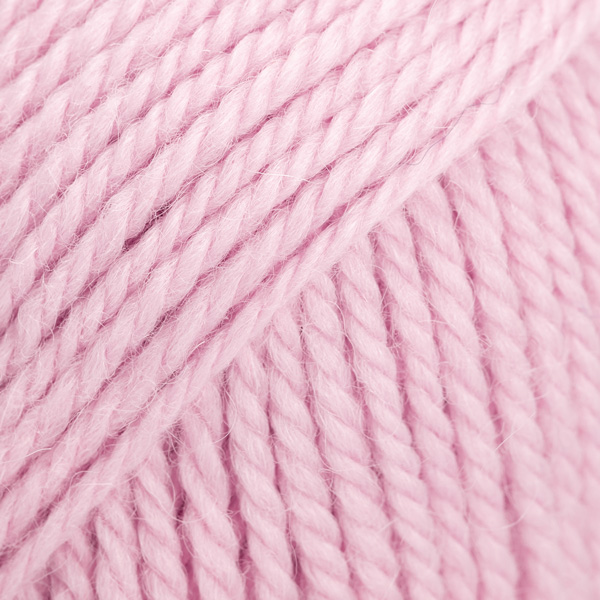


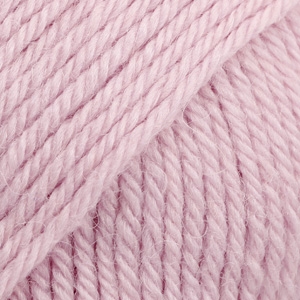
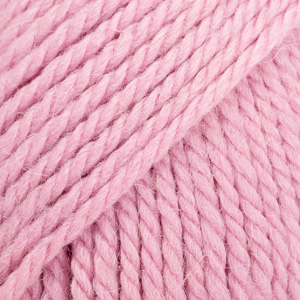
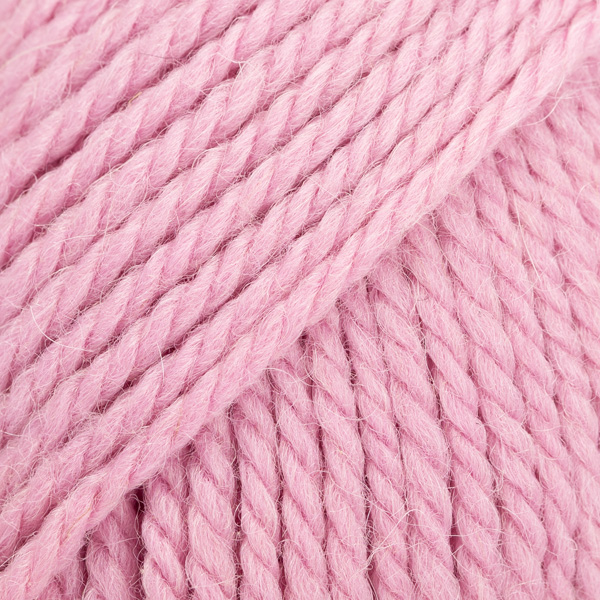
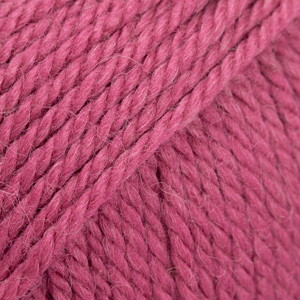

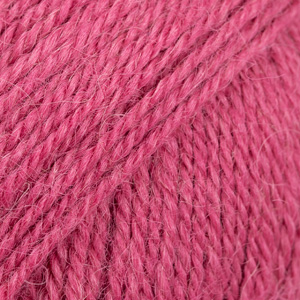


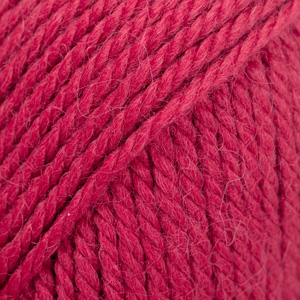
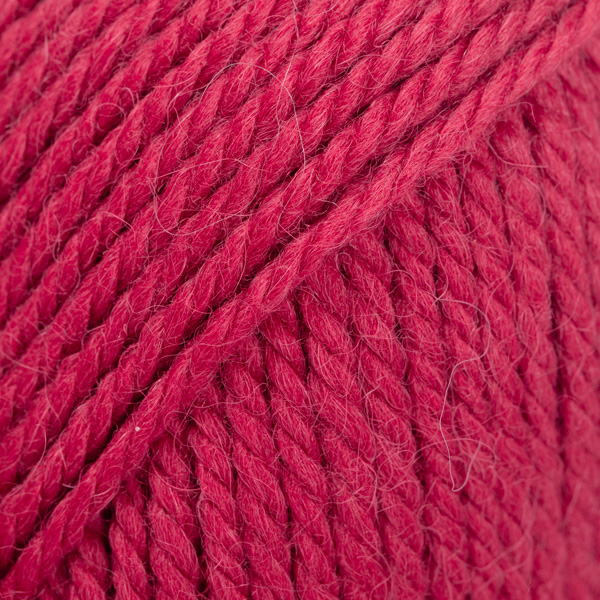



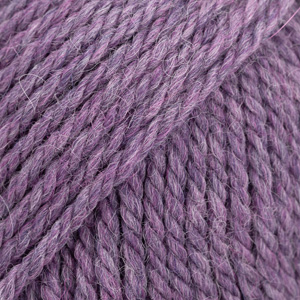
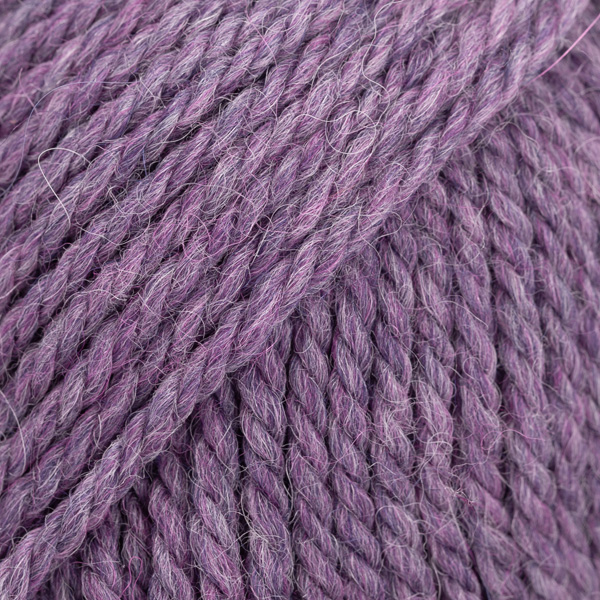



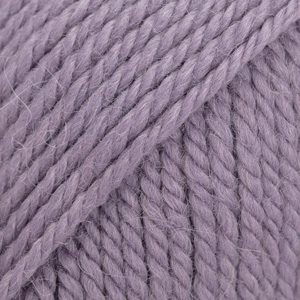
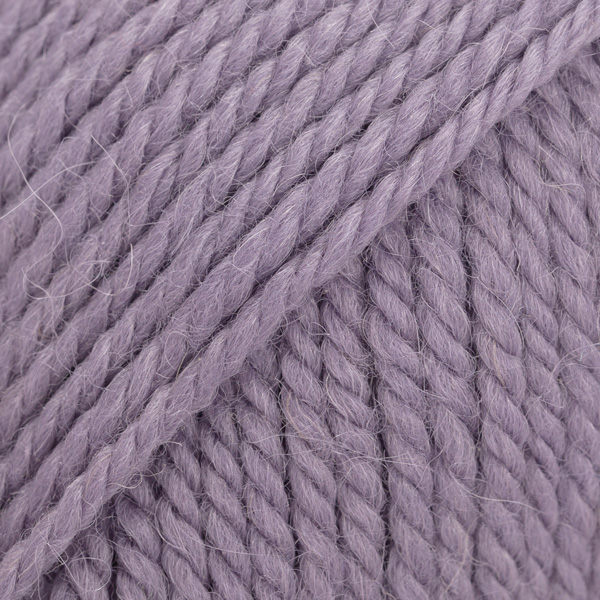
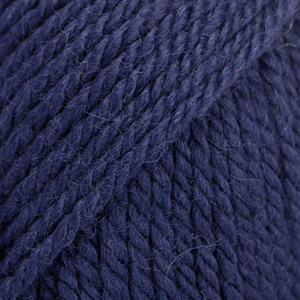
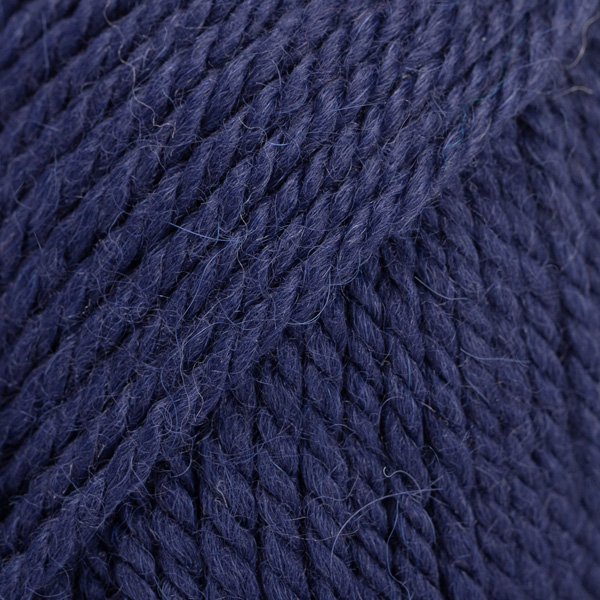
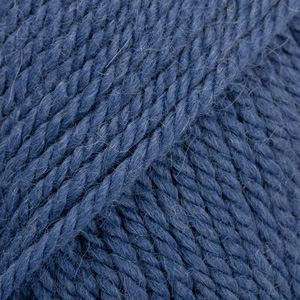
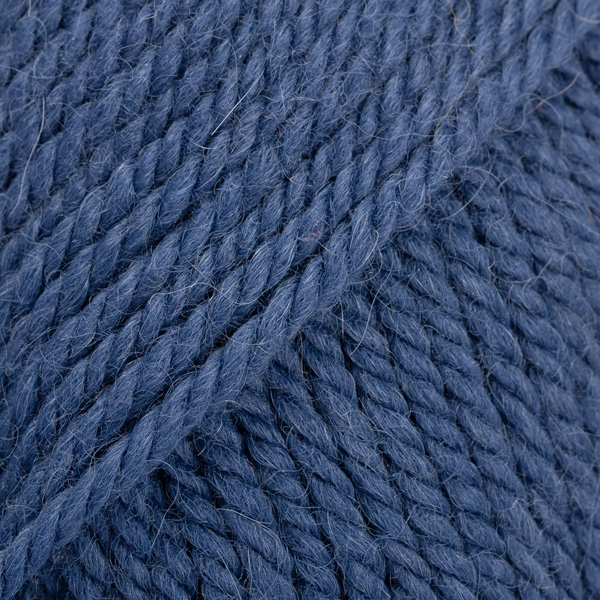

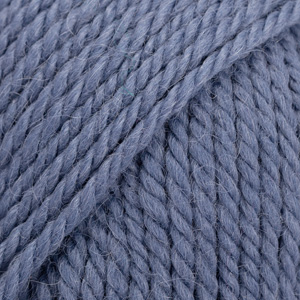
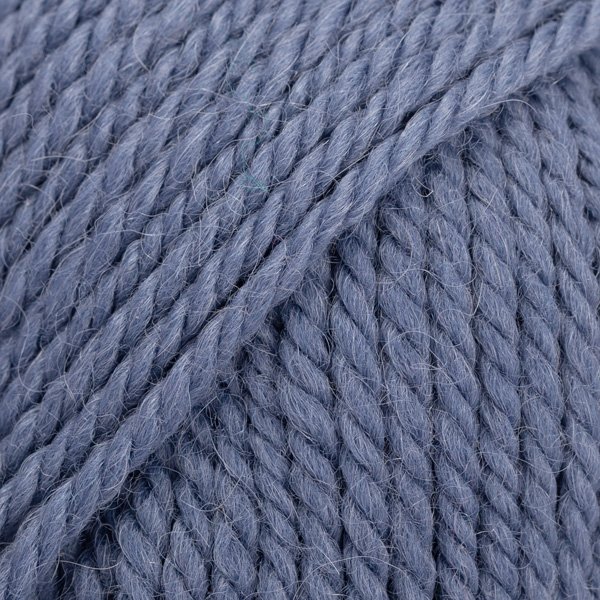




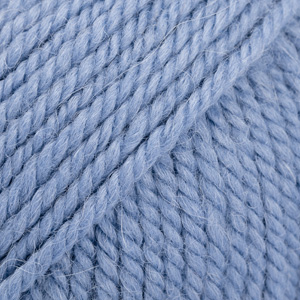
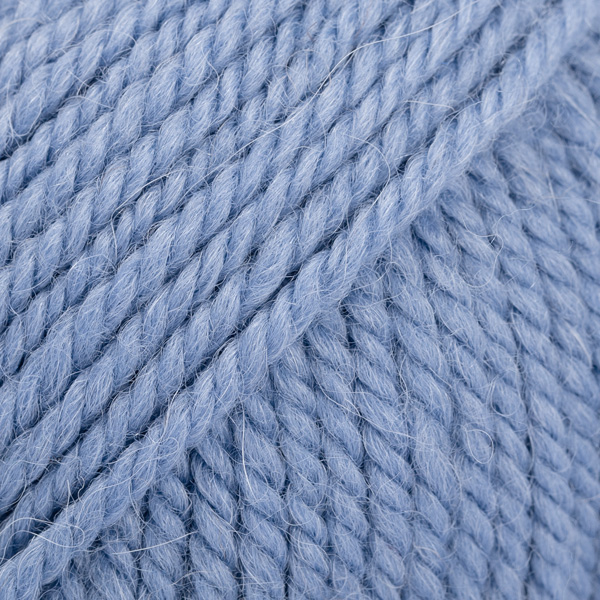

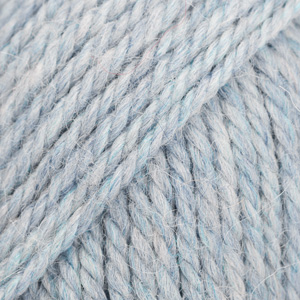
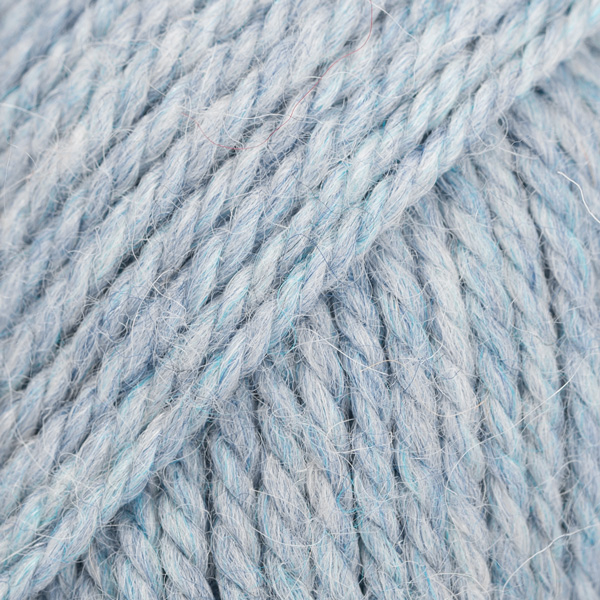

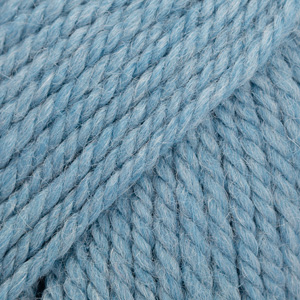
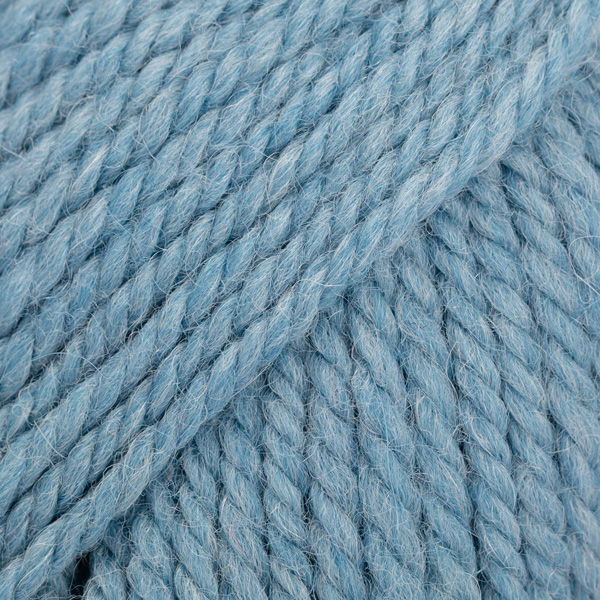



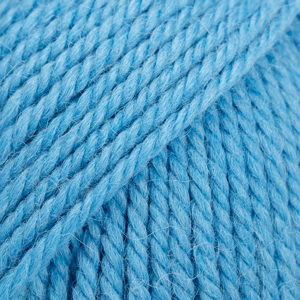
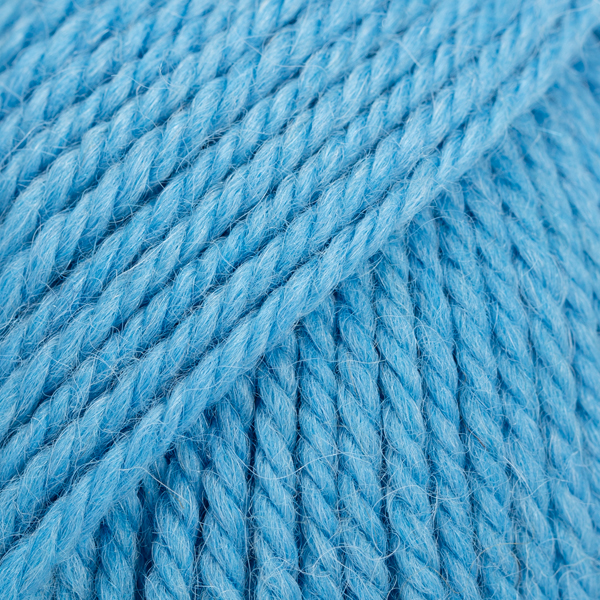
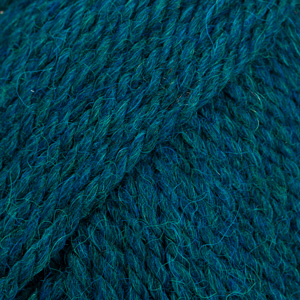
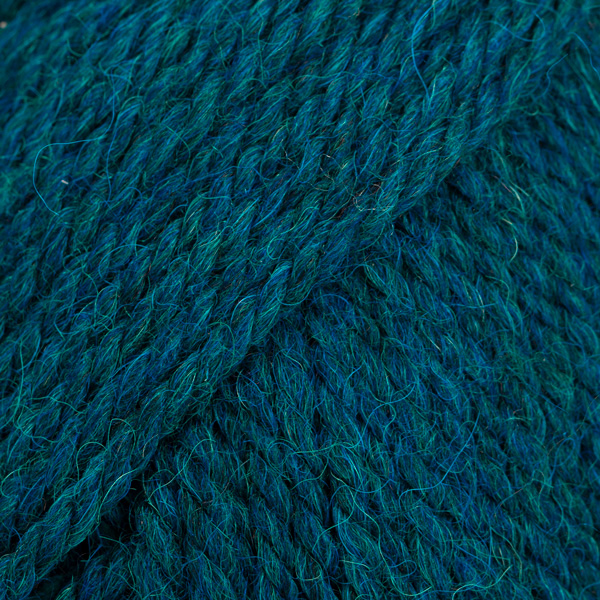


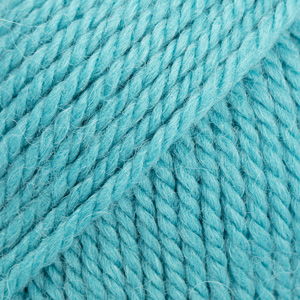
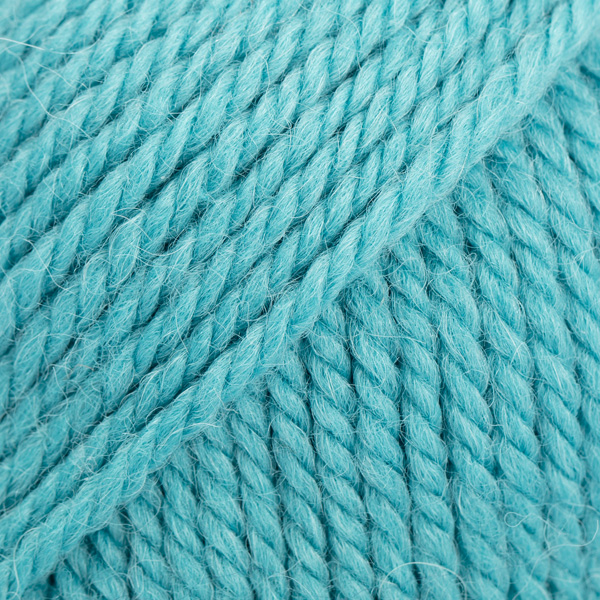

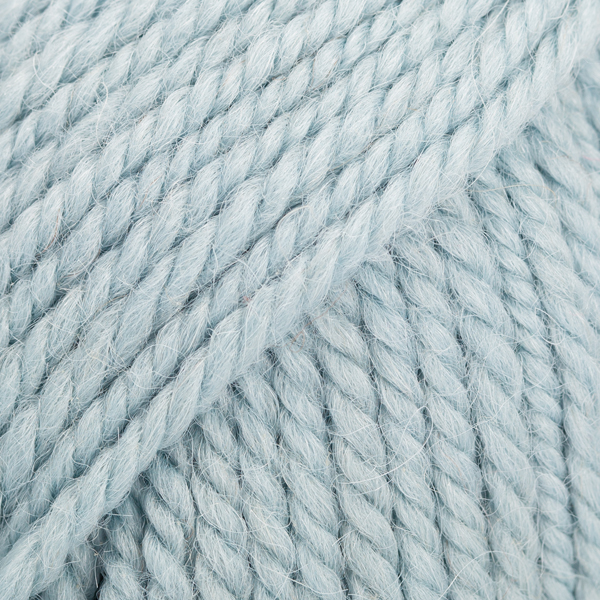


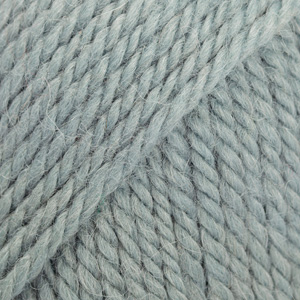
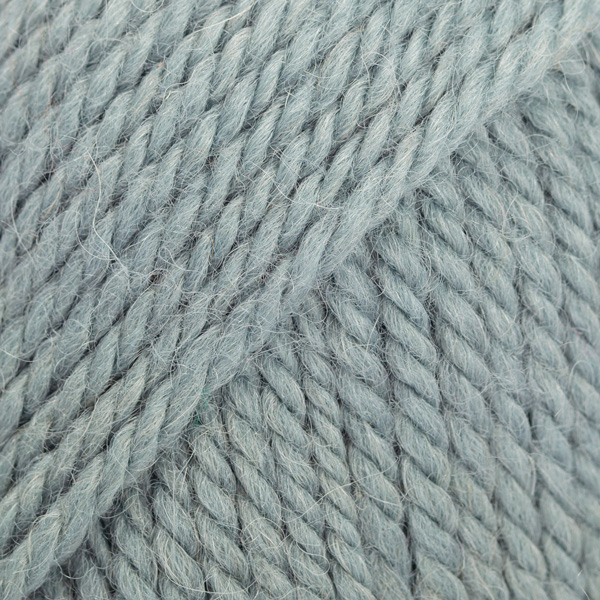
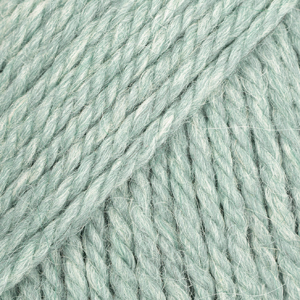
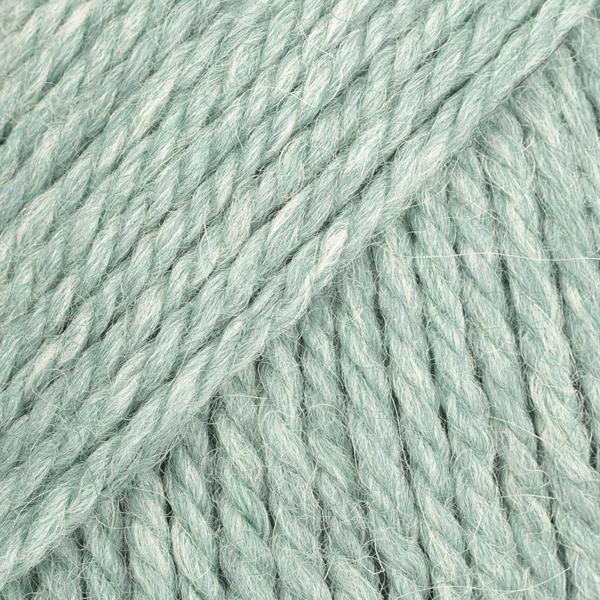





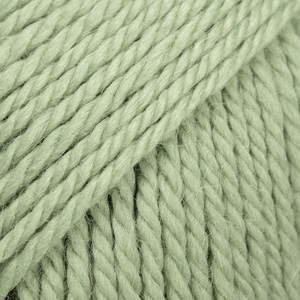
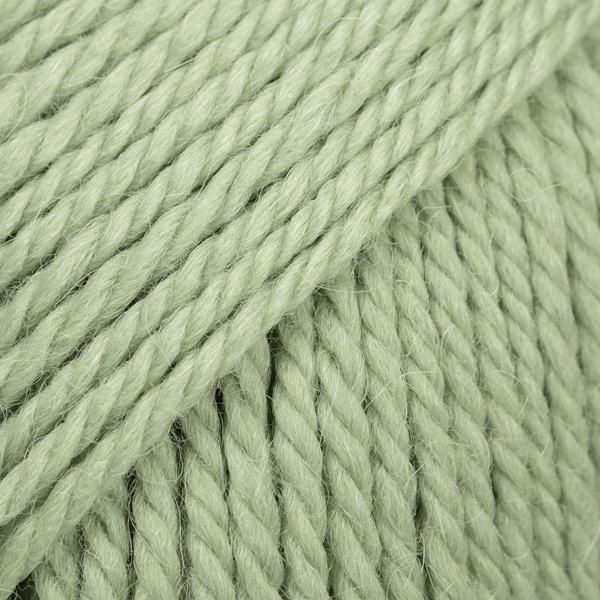


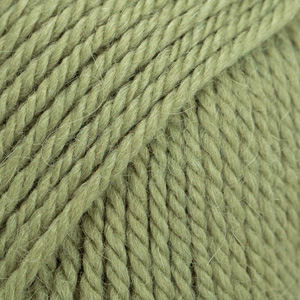
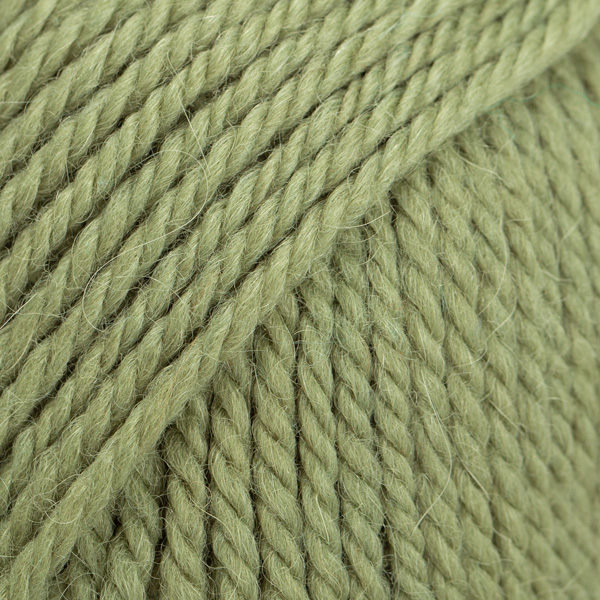
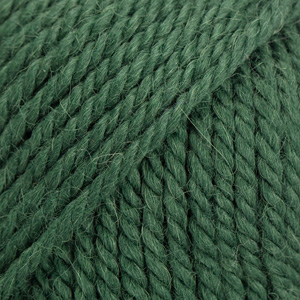
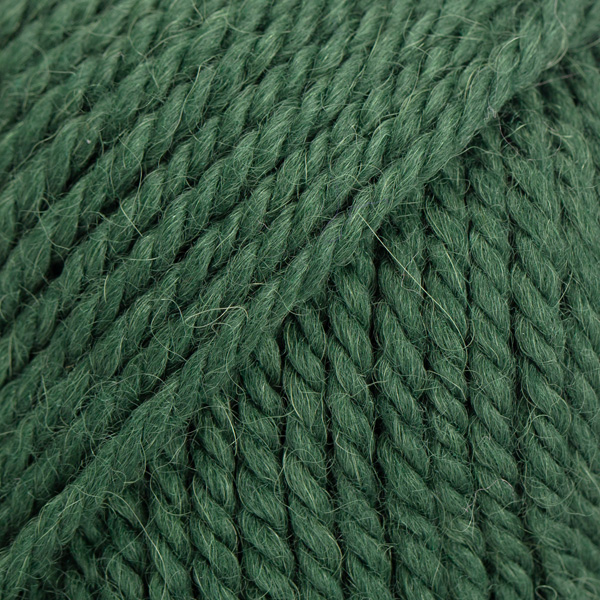
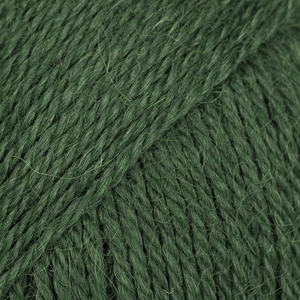


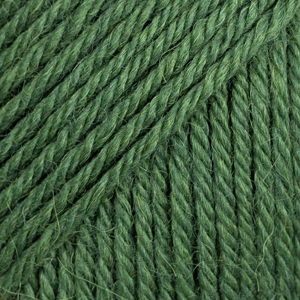


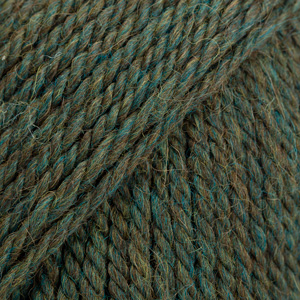
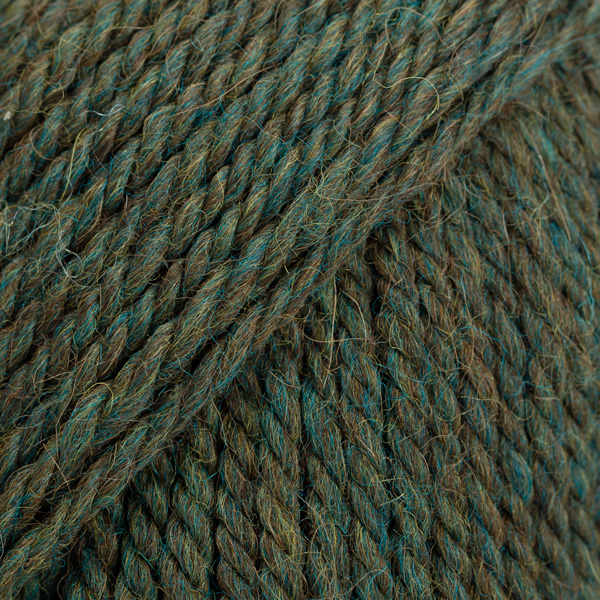
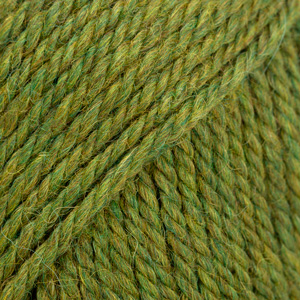
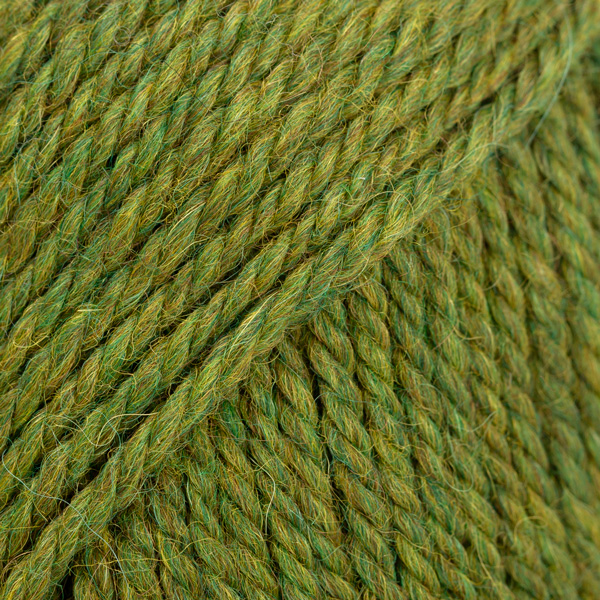



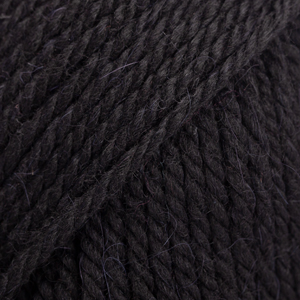
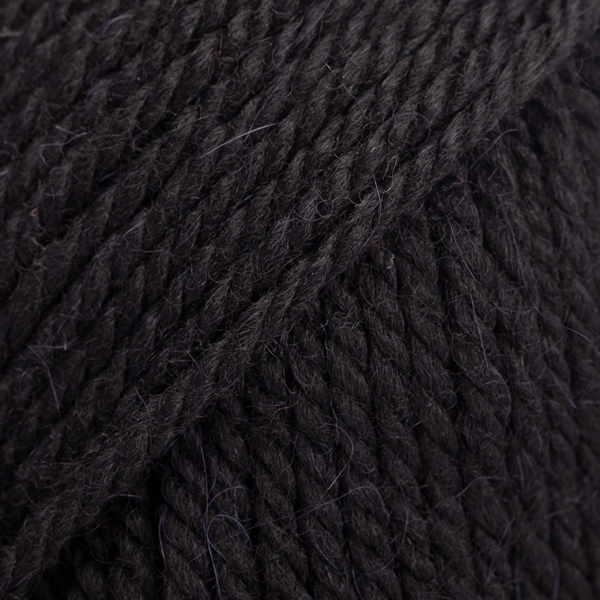
















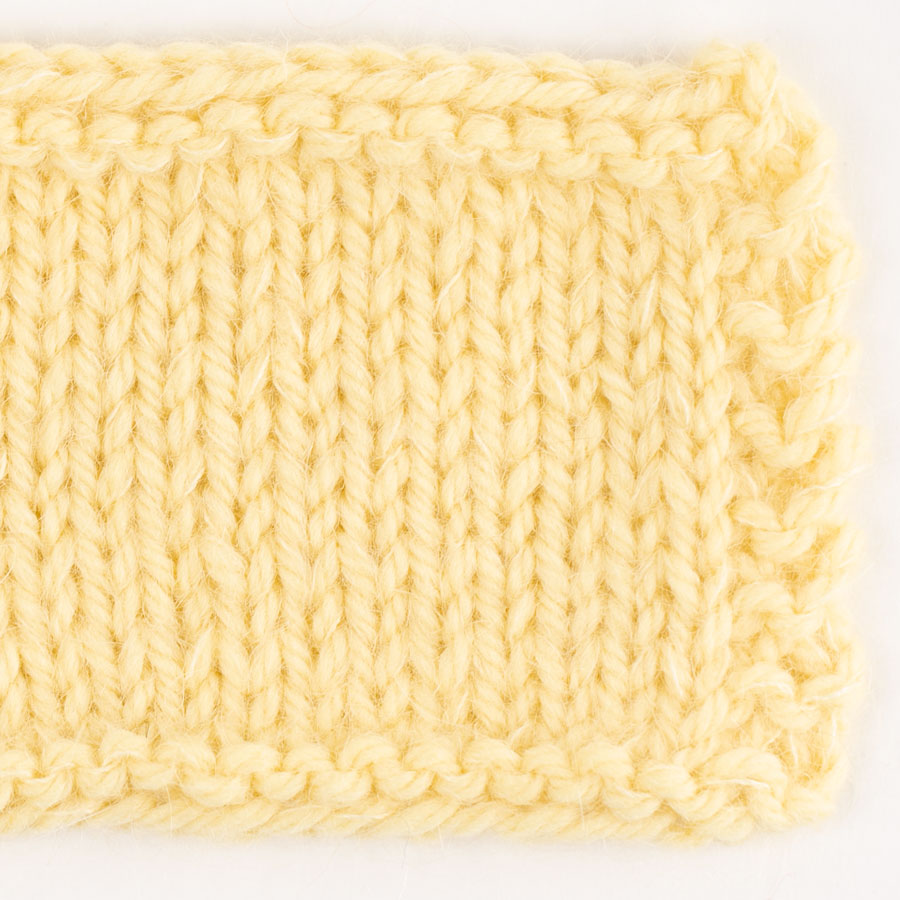
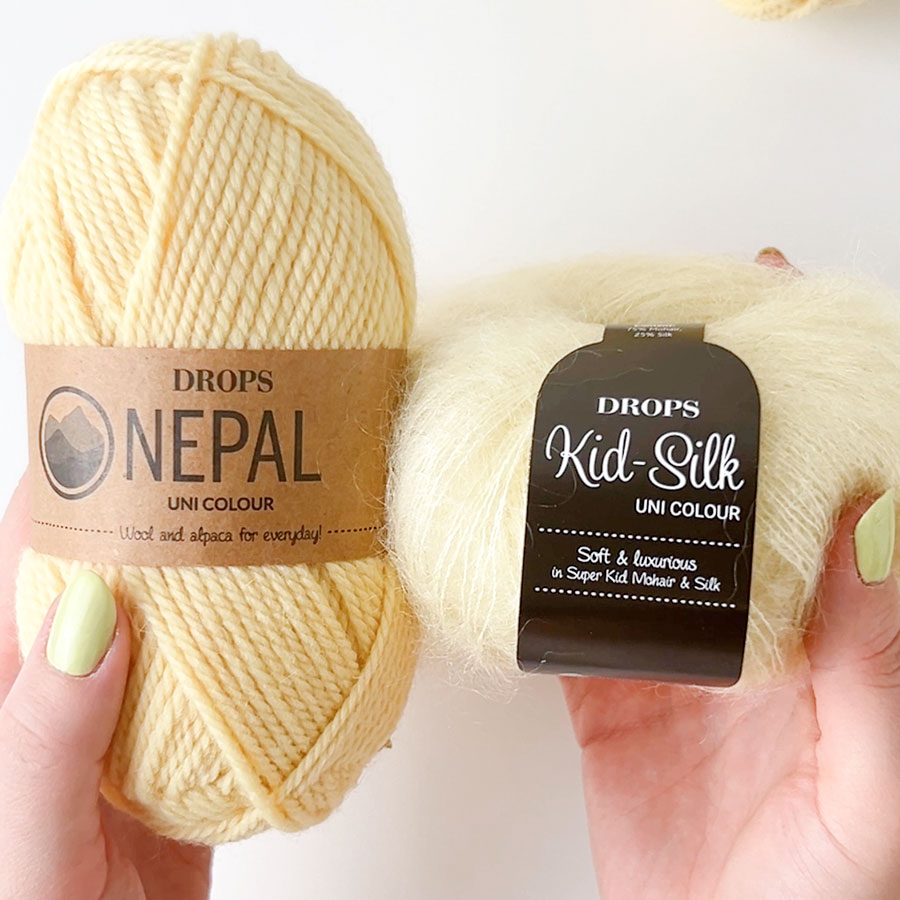
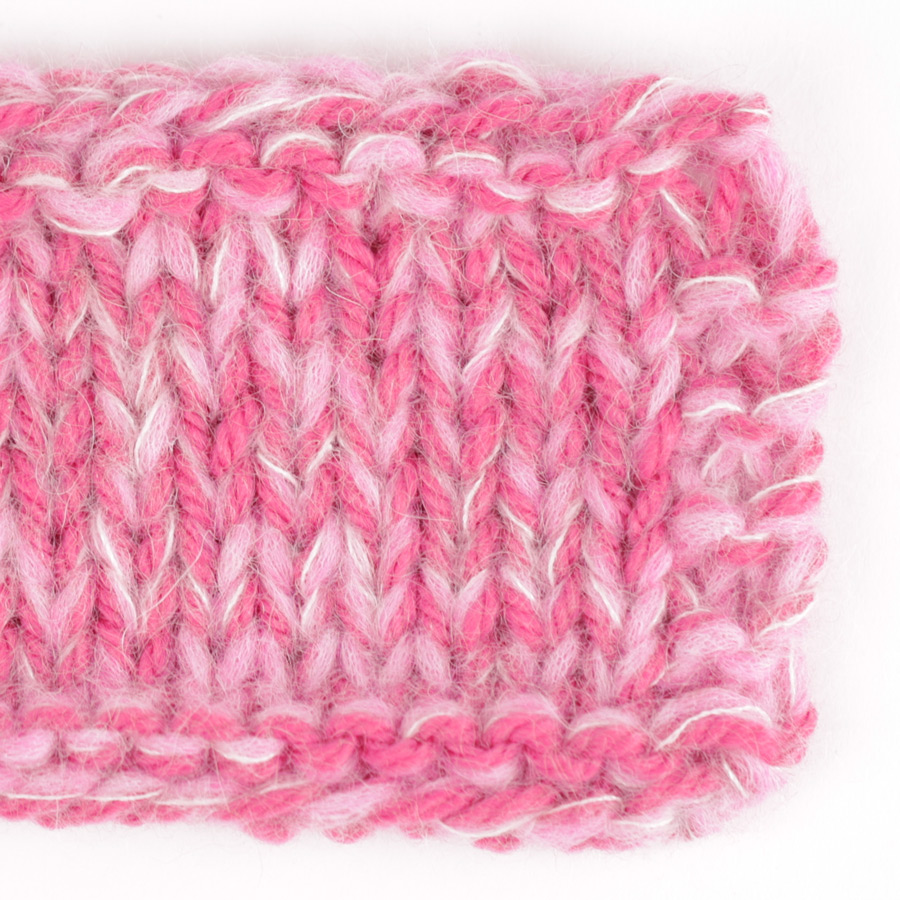

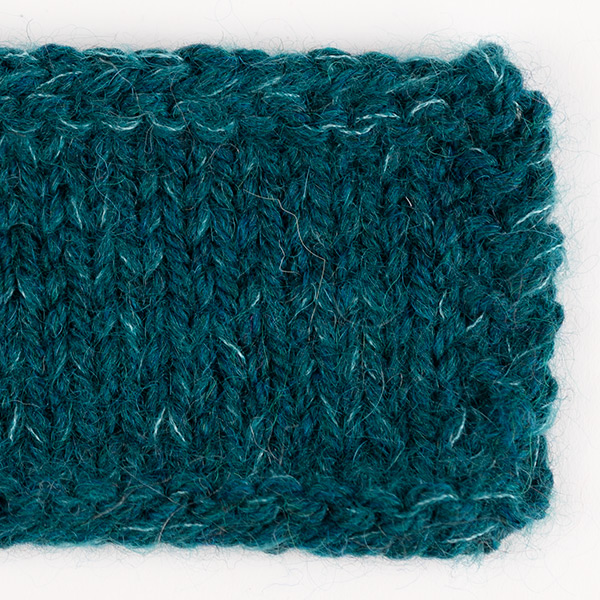
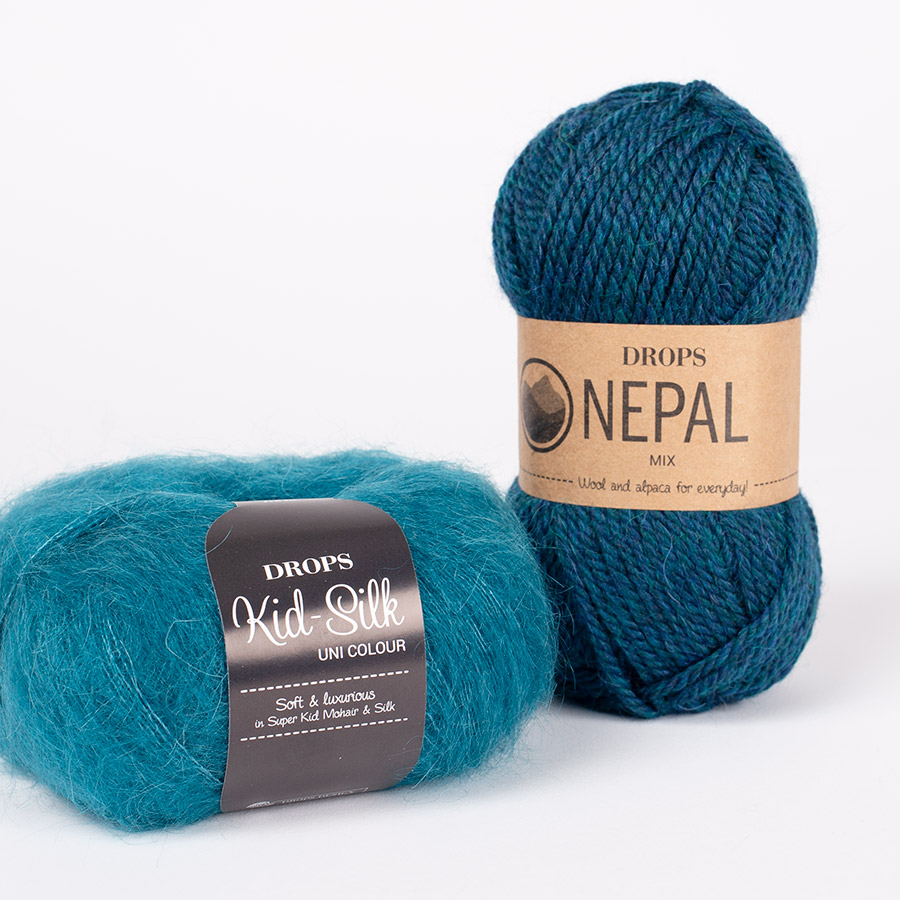
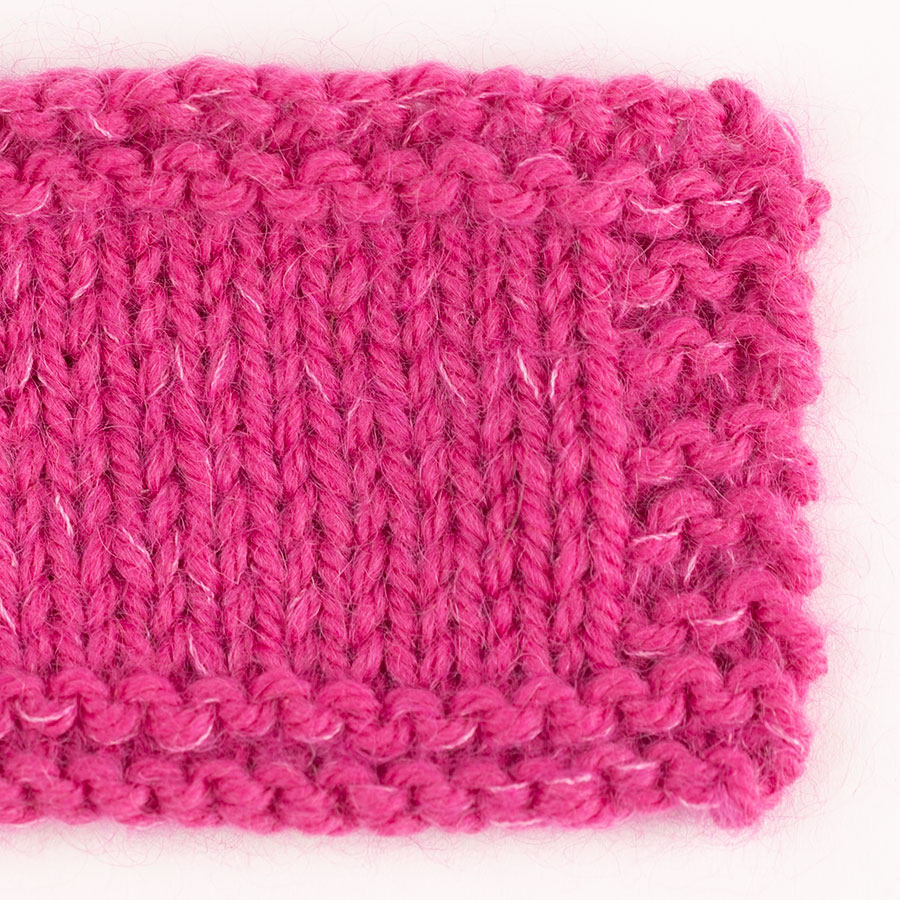
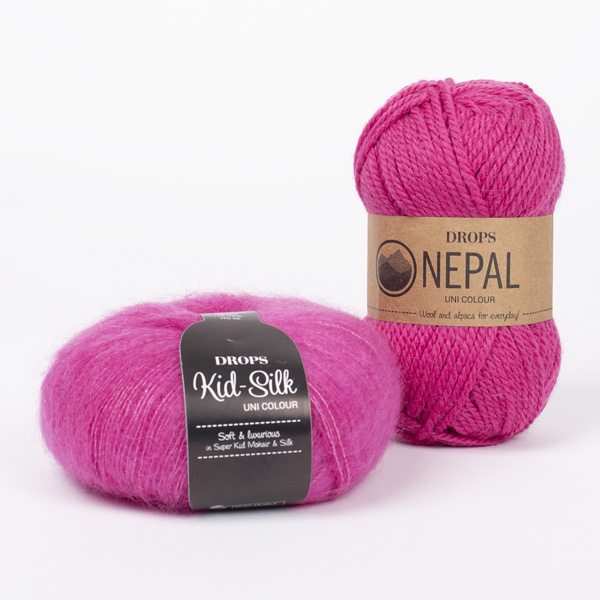
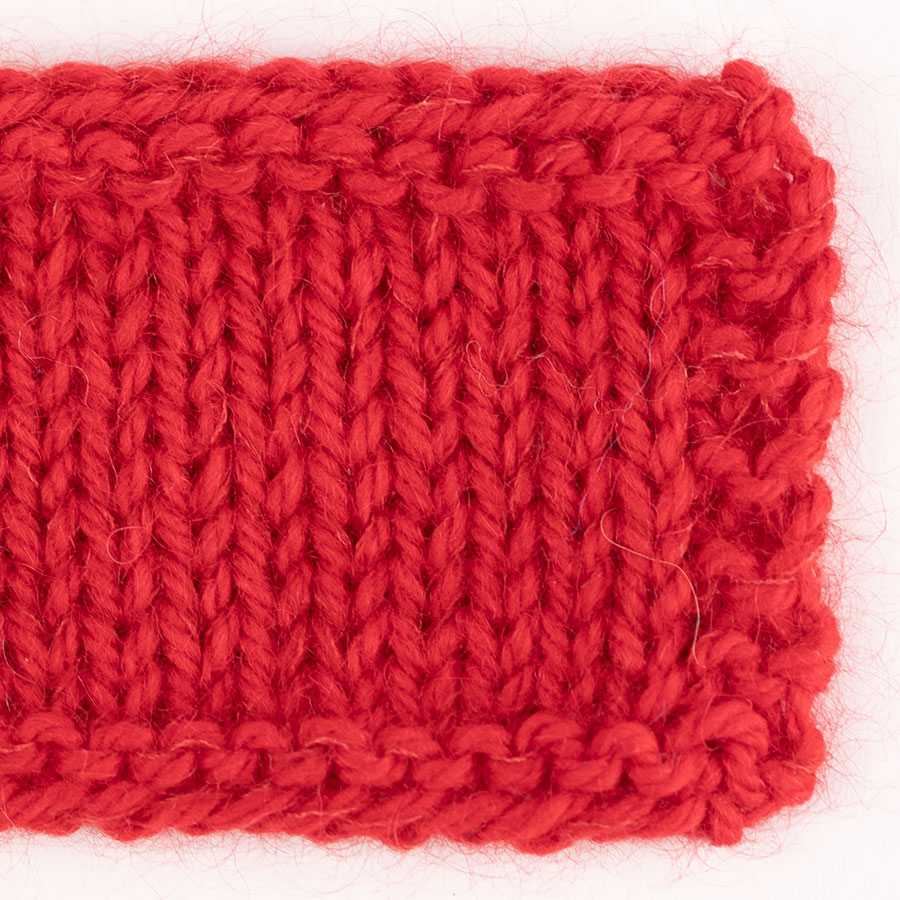
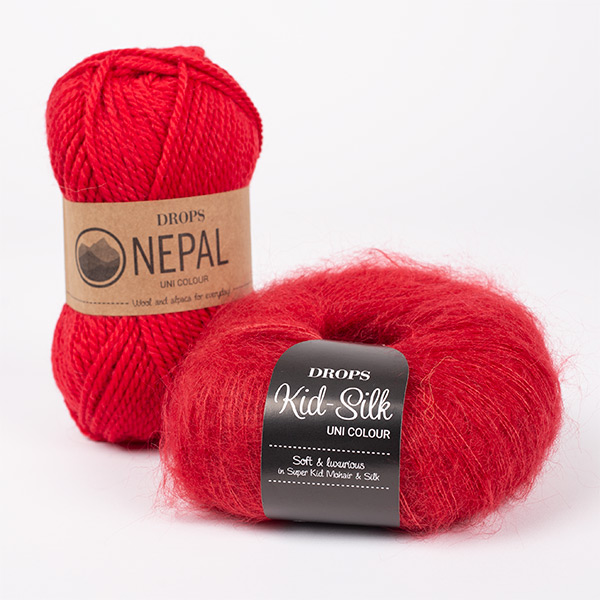
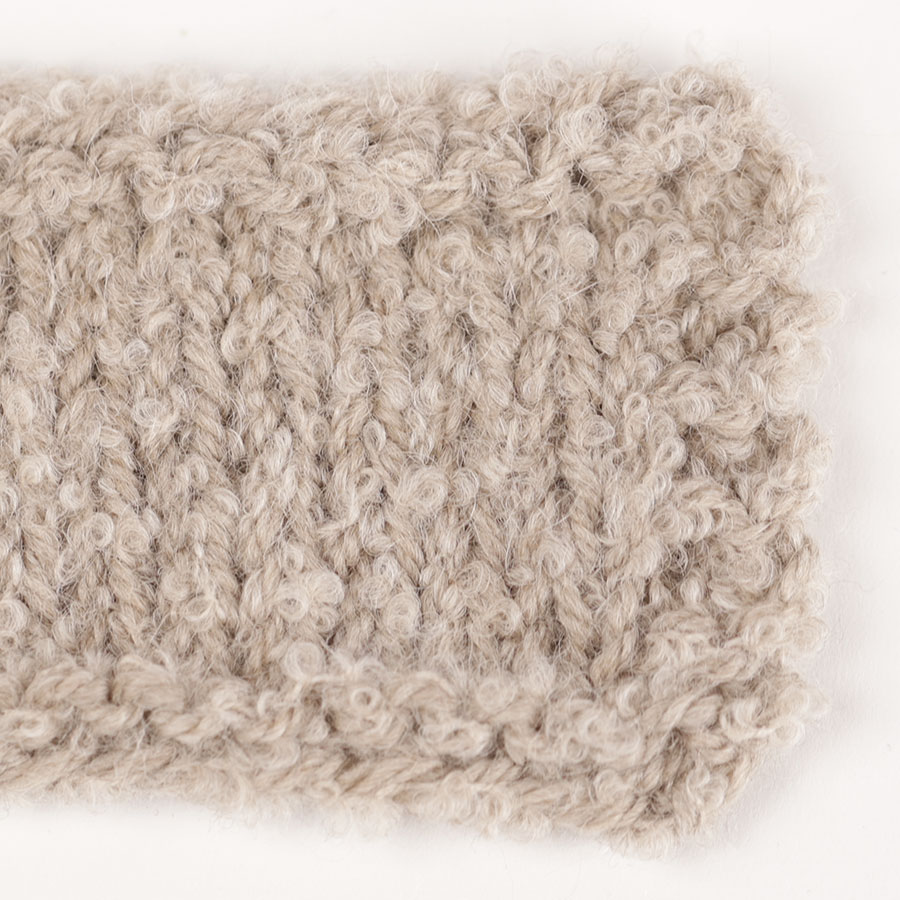
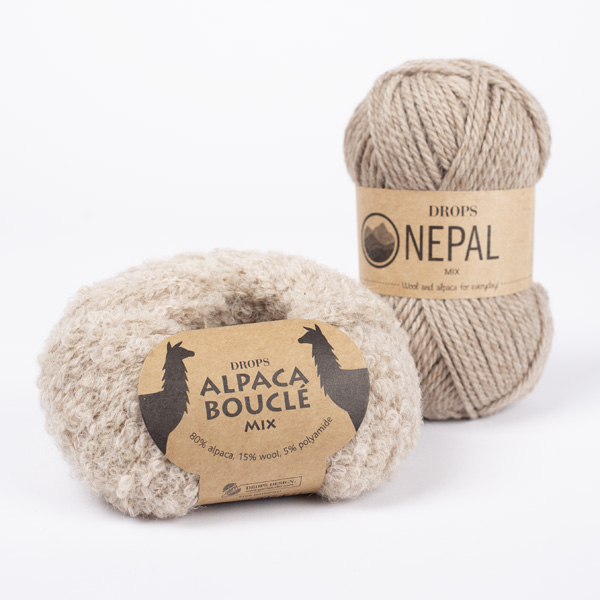
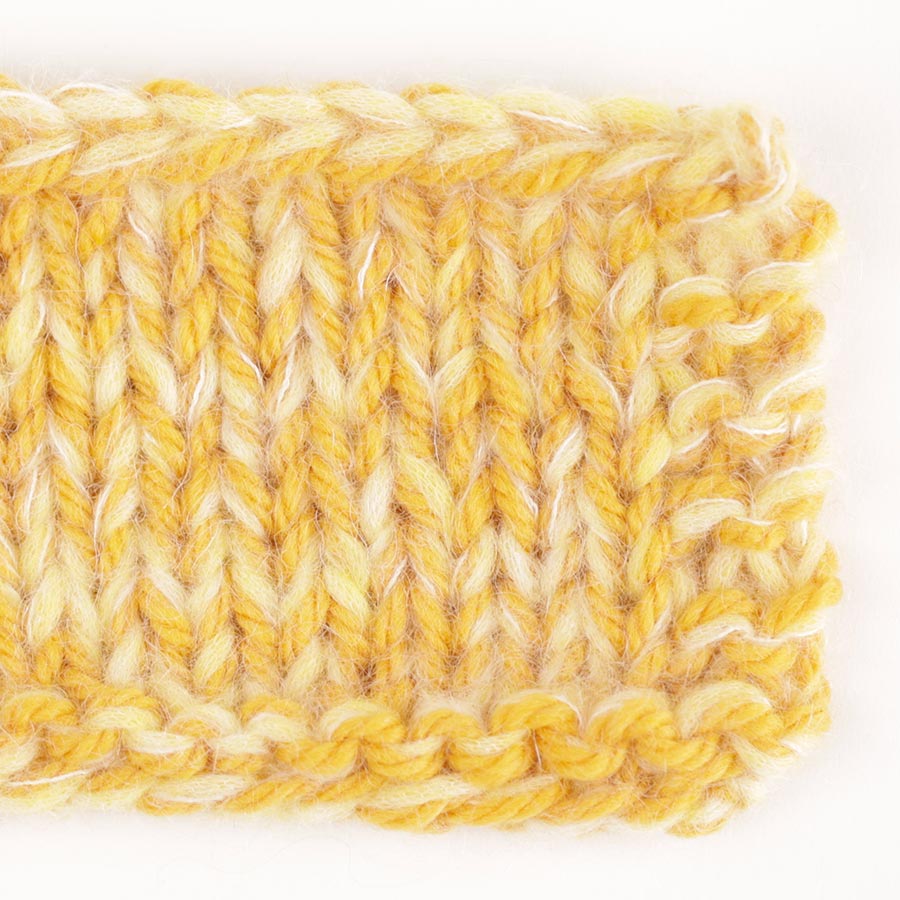
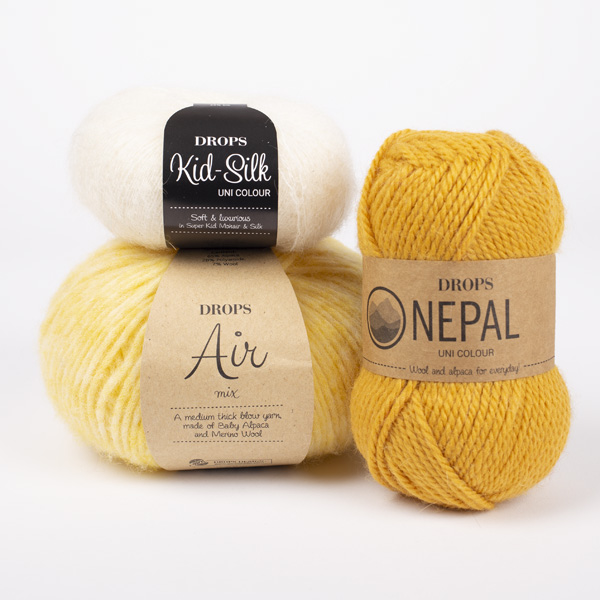
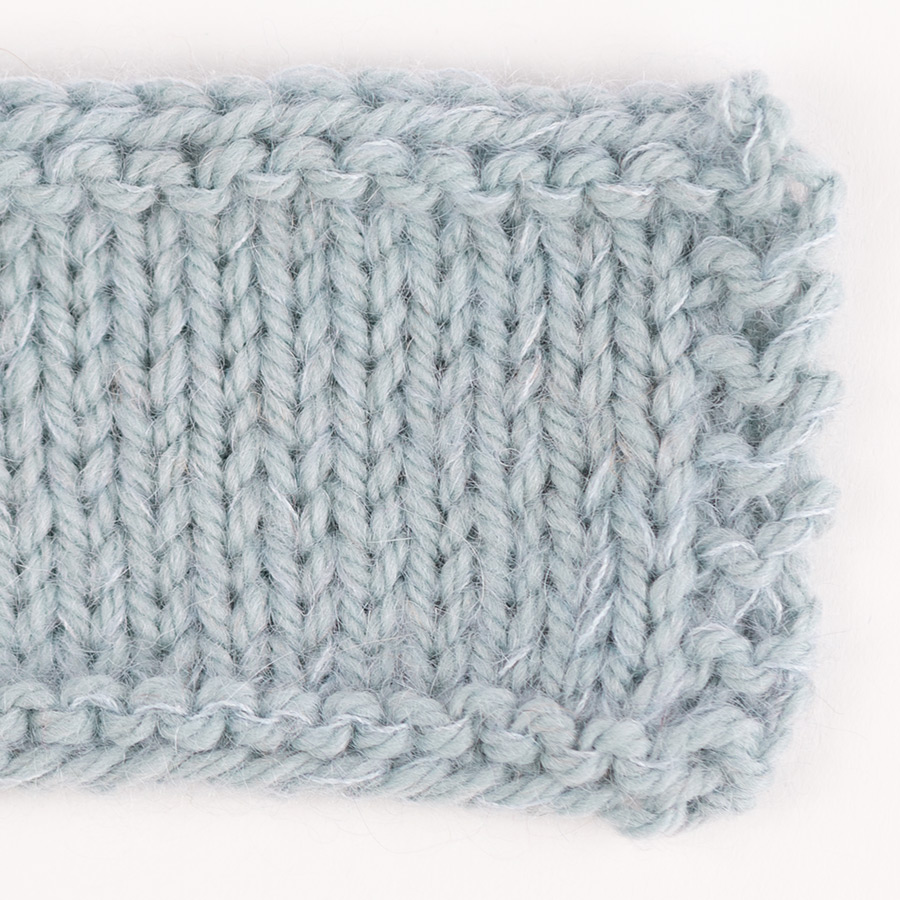




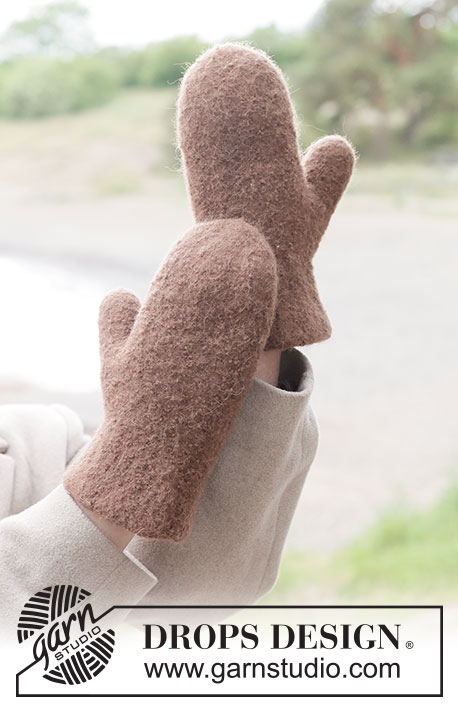





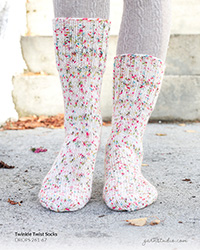
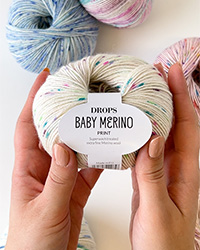
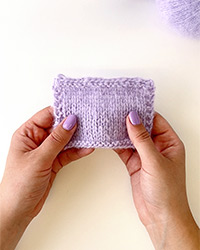
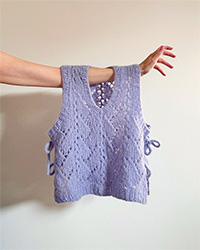

Me encanta Drops Nepal pero echo de menos que no saquéis nuevos colores cada temporada (salvo el pasado año claro esta) . Habéis pensado en introducir un color Burdeos y un tomo mas oscuro de beige (un beige caramelo) ? Habéis pensado en introducir un color de temporada? Por mi parte os lo agradecería y creo que vuestras calientas también. Gracias
27.07.2016 - 07:03